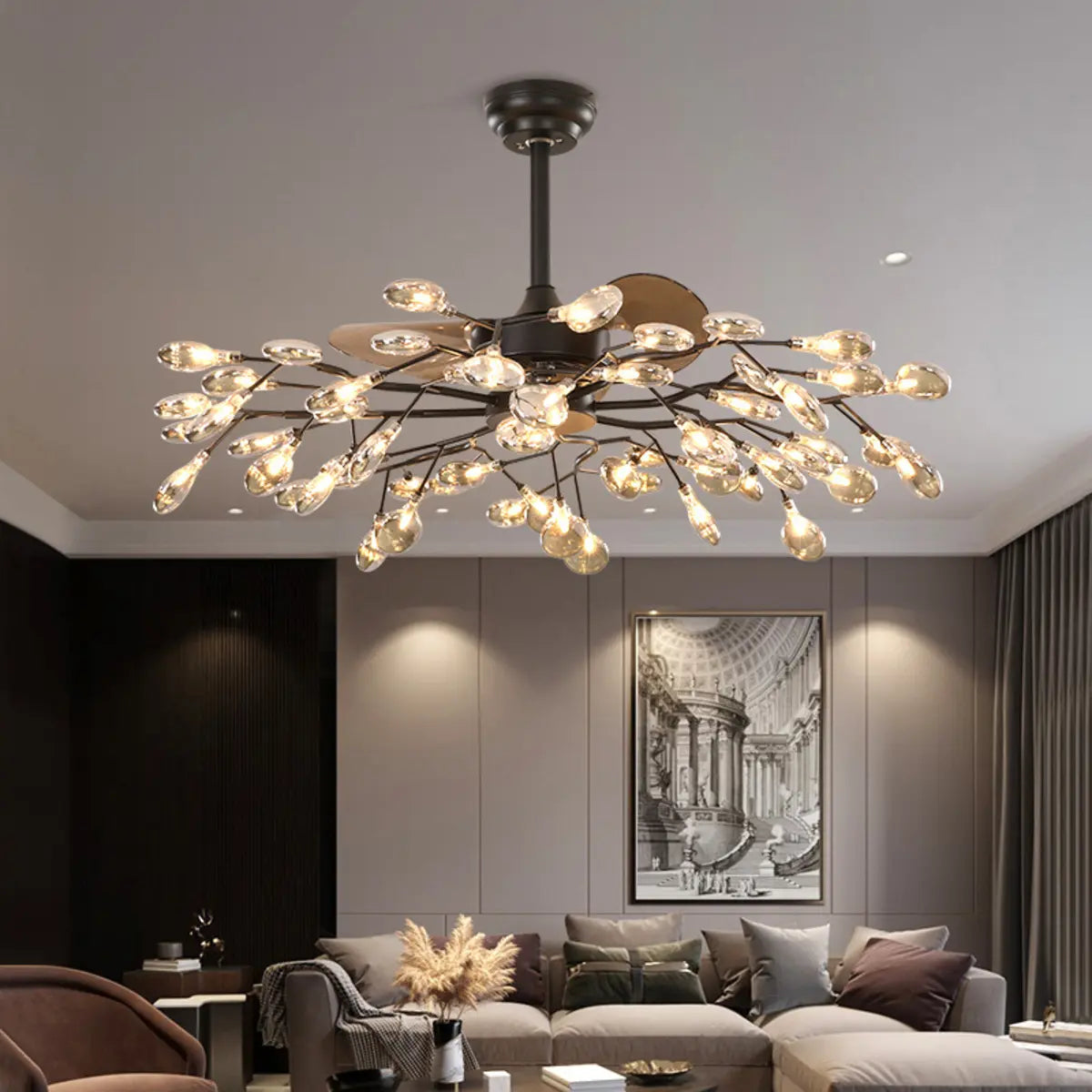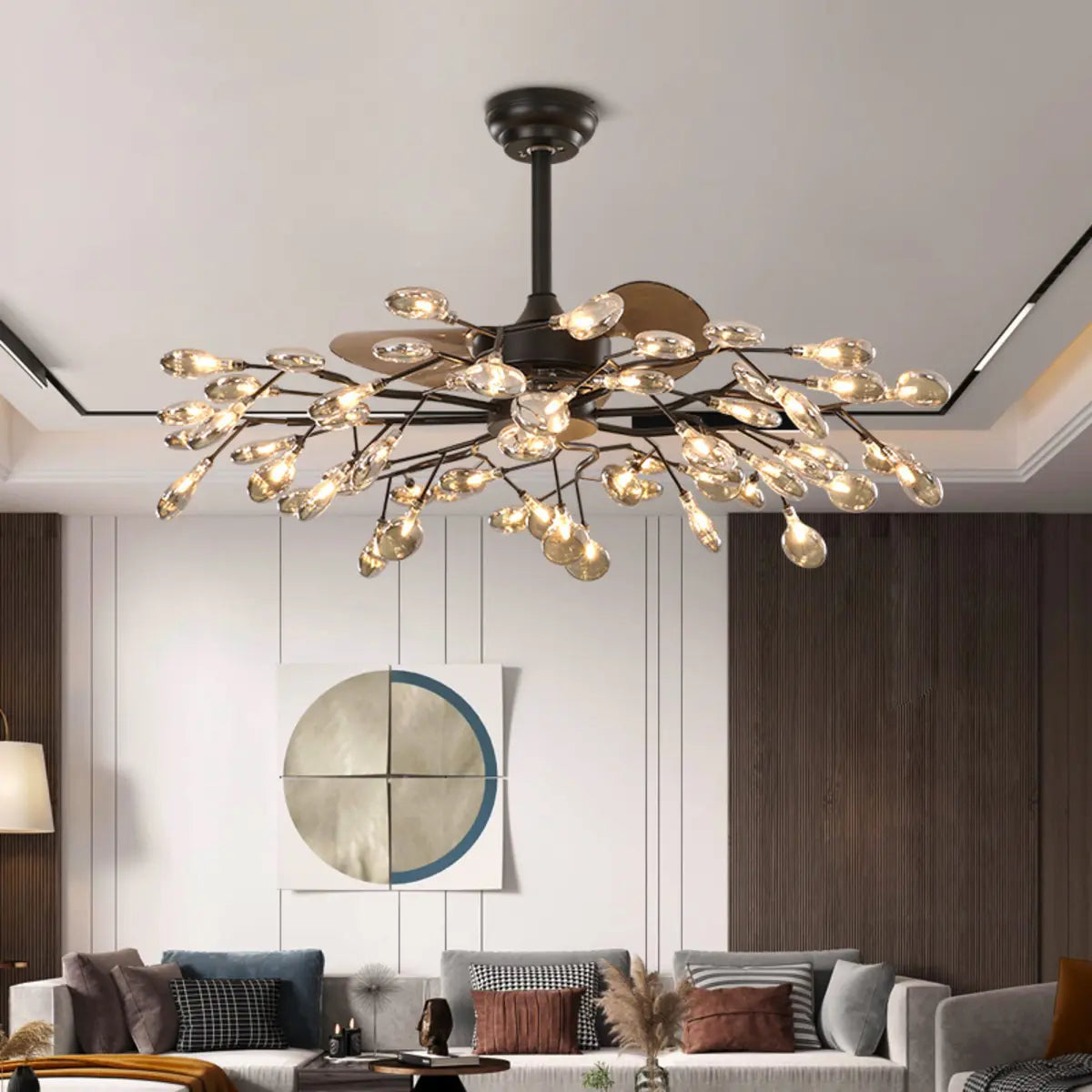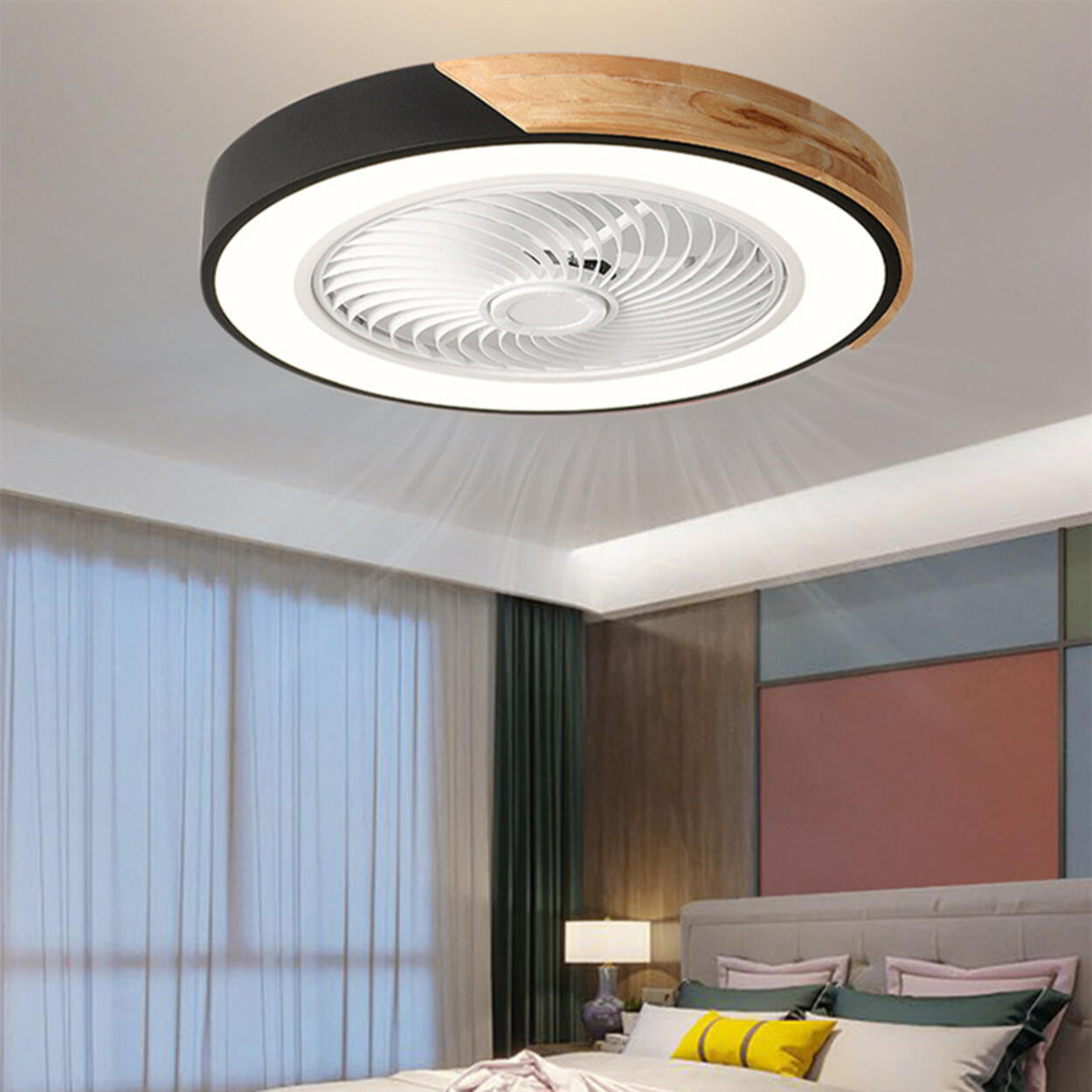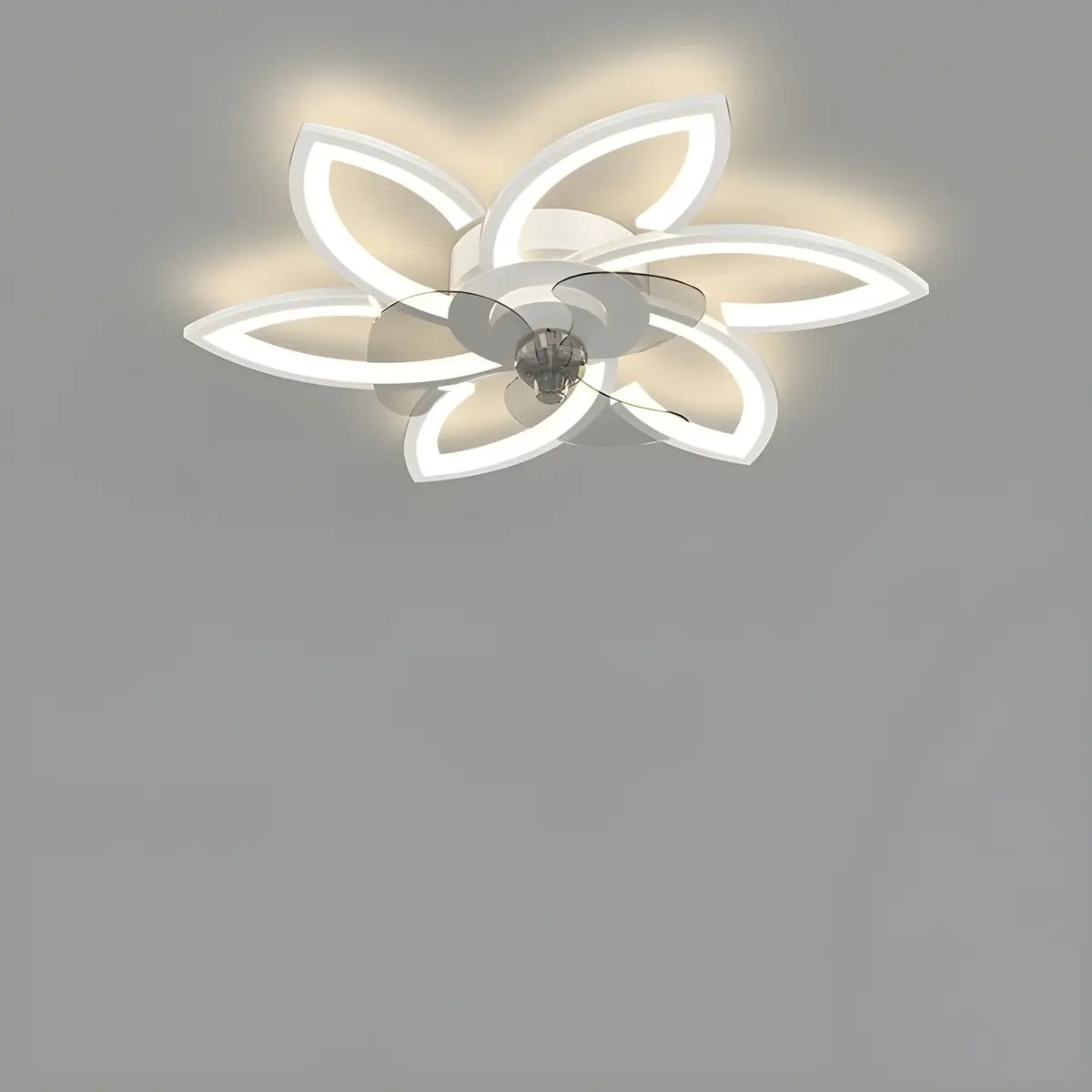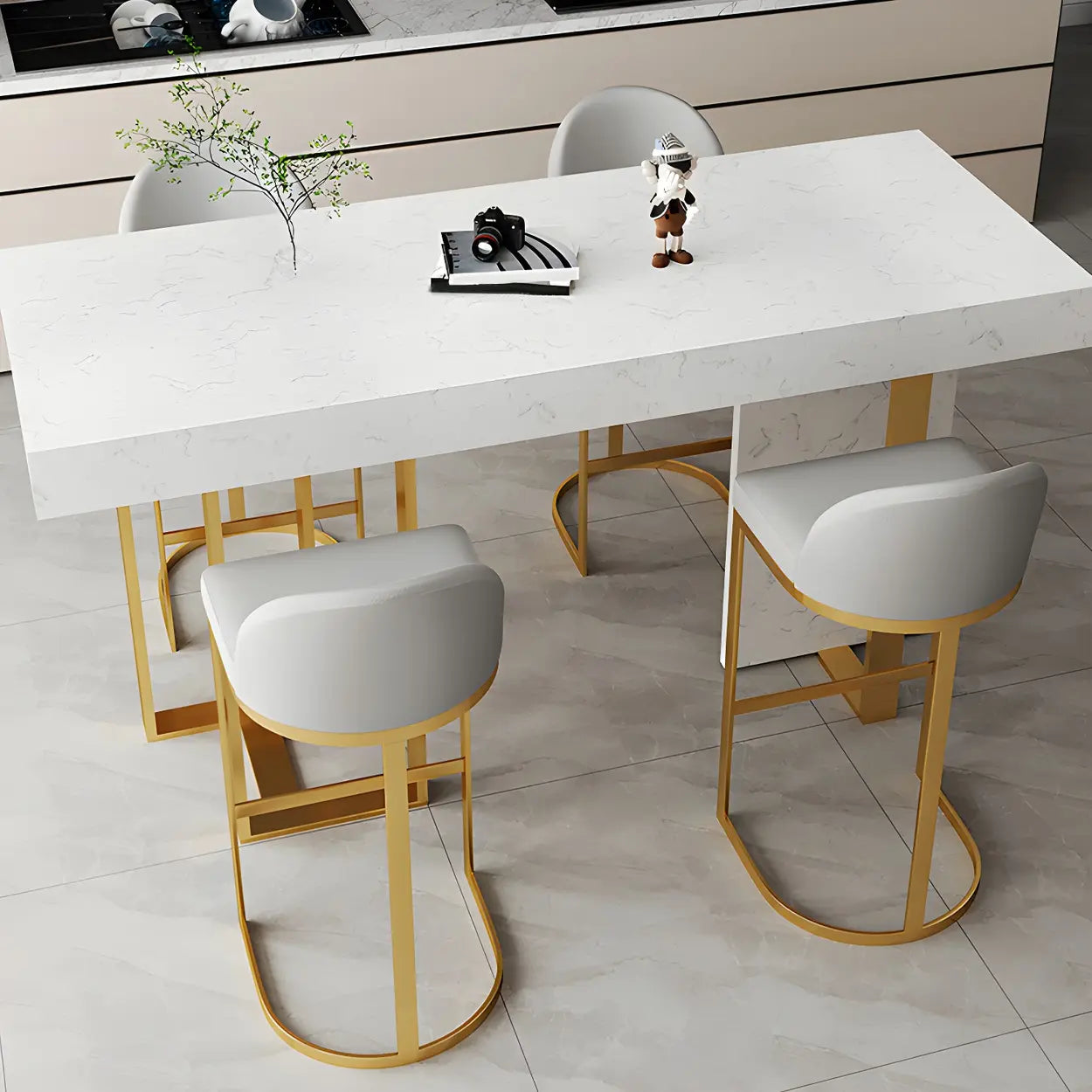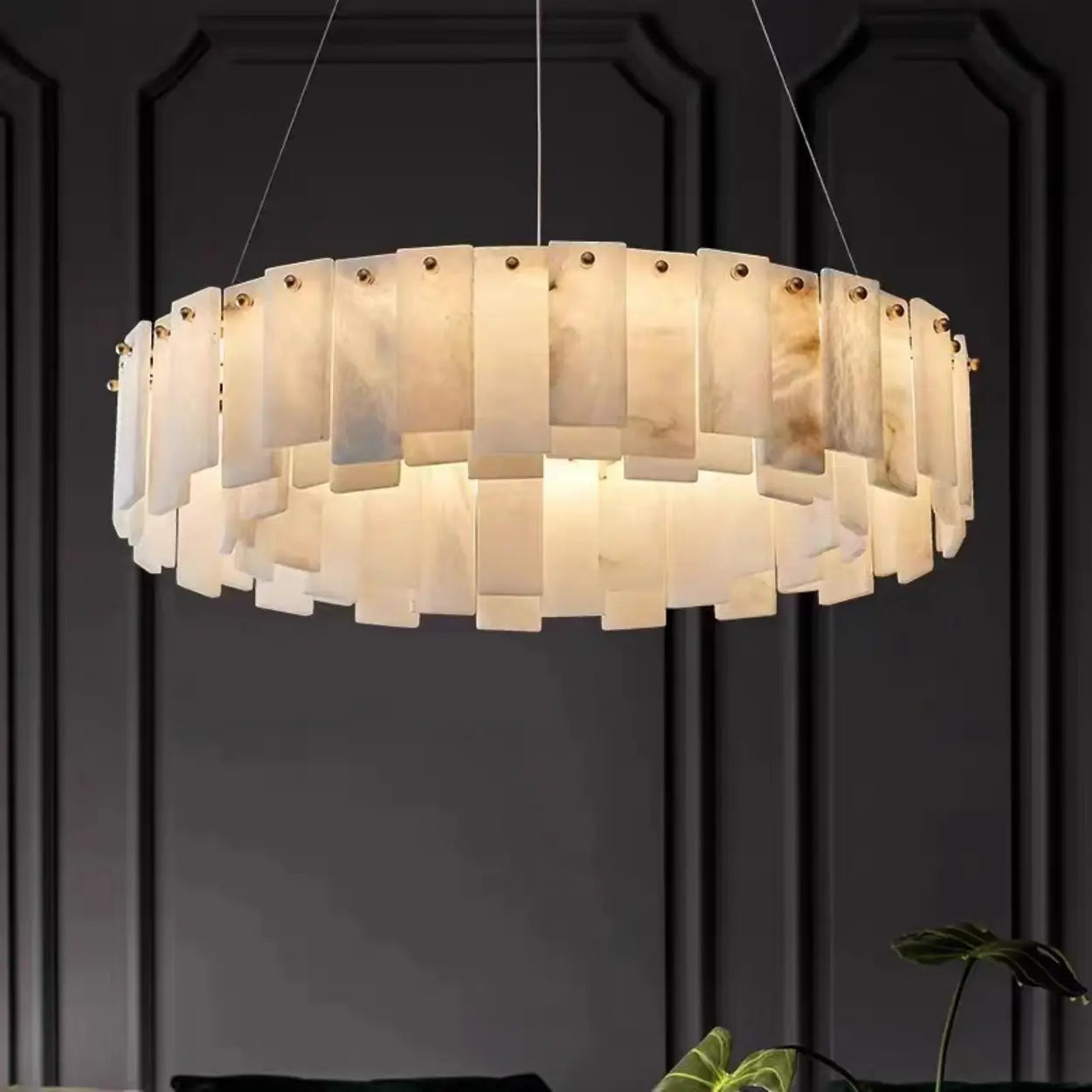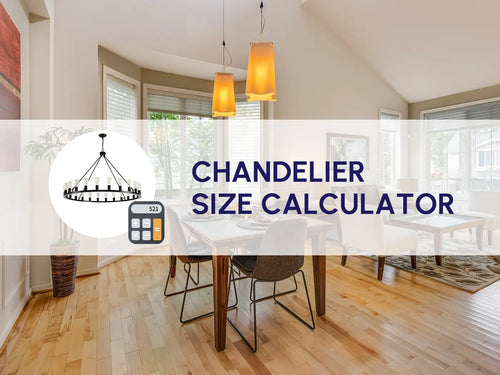Bedroom chandeliers are a key factor that affects sleep and the atmosphere of the room. This guide gives you the simple rules and numbers to get it right.
Table of Contents
Common Bedroom Chandelier Size
The best way to find the right diameter is to use your room's size.
- Measure the length of your room in feet.
- Measure the width of your room in feet.
- Add those two numbers together.
That number, in inches, is the perfect diameter for your chandelier.

Example: Your room is 14 feet long and 12 feet wide.
14 + 12 = 26.
You should look for a chandelier that is about 26 inches wide.
Here is a quick reference chart for common bedroom sizes:
| Room Size (Length + Width) | Recommended Chandelier Diameter |
| 18 feet (e.g., 8' x 10') | 18 inches |
| 22 feet (e.g., 10' x 12') | 22 inches |
| 26 feet (e.g., 12' x 14') | 26 inches |
| 30 feet (e.g., 14' x 16') | 30 inches |
General Bedroom Chandelier Height
How high you hang your chandelier depends on your ceiling.
The most important rule: The bottom of the chandelier should be at least 7 feet (84 inches) from the floor. This gives you (and your family) room to walk underneath without hitting your head.
This 7-foot rule works for standard 8-foot or 9-foot ceilings. If your ceilings are higher, you'll need to adjust.
| Ceiling Height | Hanging Height (Bottom of fixture to floor) |
| 8 Feet (Standard) | Hang 7 feet from floor. (Use a flush-mount or a very short chain). |
| 9 Feet | Hang 7 to 7.5 feet from floor. |
| 10+ Feet | Hang 8 feet (or more) from floor. |
For high ceilings, a good starting point is to add 3 inches of hanging height for every extra foot of ceiling. This keeps the light from looking tiny and lost in the tall space.
Sizing for Sloped Ceilings or Odd Rooms
The rules above are for flat, simple rooms. If your bedroom is unique, you must adjust.
For sloped or vaulted ceilings
This is the most common special case.
- Mounting: You will need a "sloped ceiling adapter" or a fixture with a swivel mount. This lets the chandelier hang straight down, not at an angle.
- Diameter: Because sloped ceilings create more vertical volume, the room feels larger. You can, and often should, choose a chandelier that is slightly larger than the standard formula suggests.
- Height: The 7-foot clearance rule still applies. You must measure 7 feet up from the lowest point where someone might walk under the light.
For very small or narrow rooms
If your room is very small (like a nursery or 7' x 9' room), the formula might still give you a size (e.g., 16 inches) that looks too bulky.
-
In this case, a semi-flush mount or a flush-mount "chandelier-style" light is a better choice. It gives the same elegant feel without dropping into the room and making it feel cramped.
For large, multi-zone bedroom
If you have a very large primary suite with a separate sitting area, one central chandelier may not work.
-
It is much better to use two smaller, matching fixtures. Place one over the main bed area and a second one over the sitting area. This balances the light and defines the two spaces.
Chandelier Size Over the Bed
The rules change if you hang the chandelier over your bed. This isn't a walkway, so you can hang it lower.
- Size: The chandelier should be scaled to your bed, not the whole room. Make sure it's at least a few inches narrower than your bed's width.
- Height: The 7-foot rule doesn't apply. Just make sure it's high enough that you won't hit it when you sit up in bed.
Common Chandelier Sizing Mistakes
It's easy to get this right if you avoid these common problems.
- Mistake 1: Going too small. This is the most common error. A small light looks cheap and unfinished. If you are stuck between two sizes, choose the larger one.
- Mistake 2: Hanging it too low. In any walkway, a low-hanging light is a hazard. Stick to the 7-foot clearance rule.
- Mistake 3: Forgetting "visual weight." A heavy, dark, or crystal-filled chandelier looks much bigger than a simple, airy wire one. If your pick is "visually heavy," you can go slightly smaller than the formula suggests.
Final Check
These formulas and charts are excellent starting points. But in the end, trust your own judgment.
Once you have a chandelier, have someone hold it up in the space before you install it. You can see how the size and height feel in the room. The numbers give you a guide, but your eye will tell you if it's truly right.
FAQ
What size should a chandelier be in a bedroom?
What size should a chandelier be in a bedroom?
The easiest way to find the right diameter is to add your room's length and width (in feet) together. That number, in inches, is your ideal chandelier size. For example, a 10' x 12' room needs a 22-inch chandelier (10 + 12 = 22).
What size chandelier for a 14x14 room?
What size chandelier for a 14x14 room?
For a 14x14 foot room, you should look for a chandelier that is about 28 inches in diameter. This comes from the standard formula: 14 feet (length) + 14 feet (width) = 28.
Is it okay to put a chandelier in a bedroom?
Is it okay to put a chandelier in a bedroom?
Yes, absolutely. A chandelier is a popular choice for bedrooms. It adds elegance and can be a beautiful focal point. The key is to size it correctly and hang it high enough so you don't hit your head (at least 7 feet of clearance in walkways).
How big should a bedroom light be?
How big should a bedroom light be?
This depends on your room size. For a main ceiling fixture, find the diameter by adding your room's length + width (in feet). A 12' x 14' room (12+14=26) needs a 26-inch wide light. For height, make sure the bottom of the light is at least 7 feet from the floor in any area where you walk.



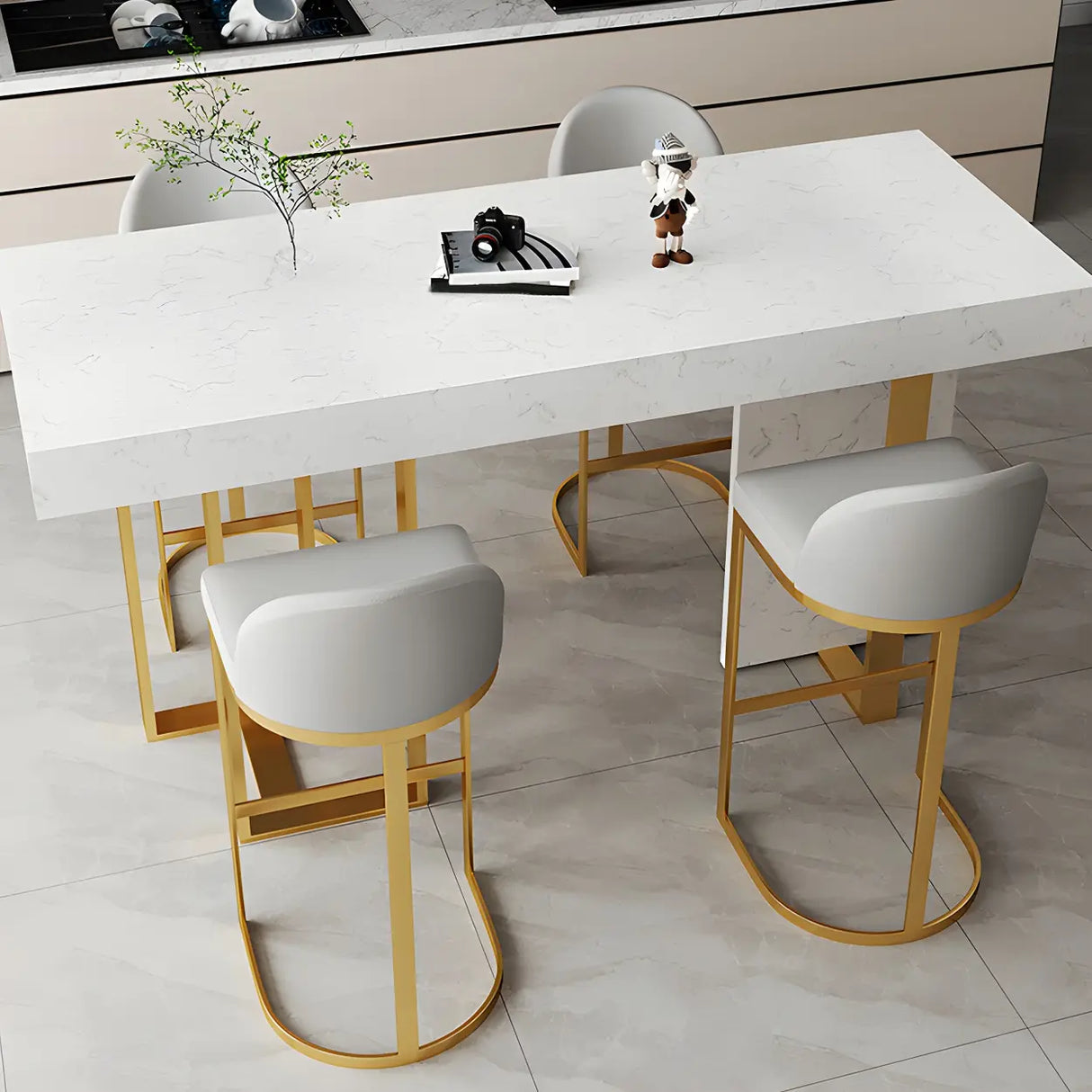
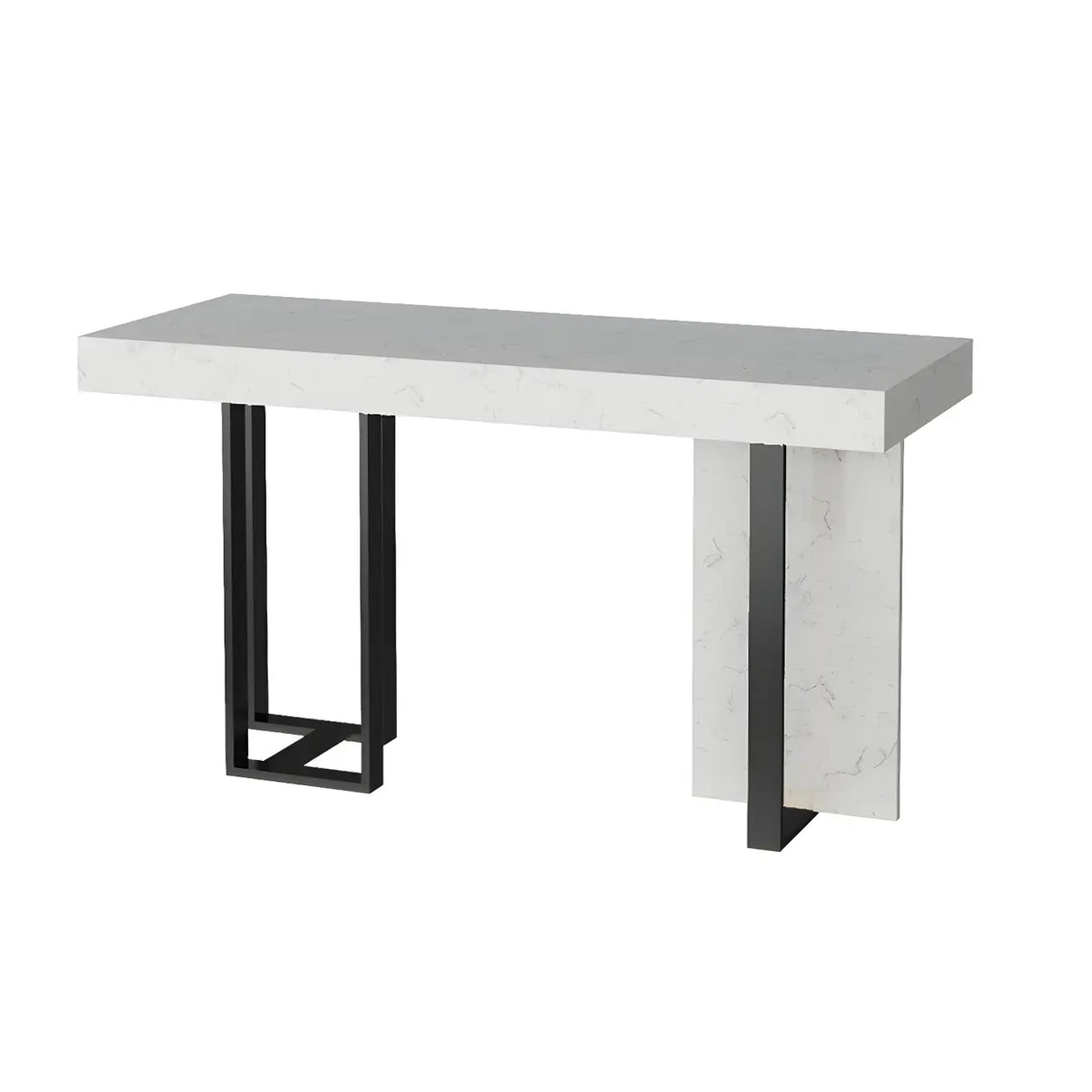



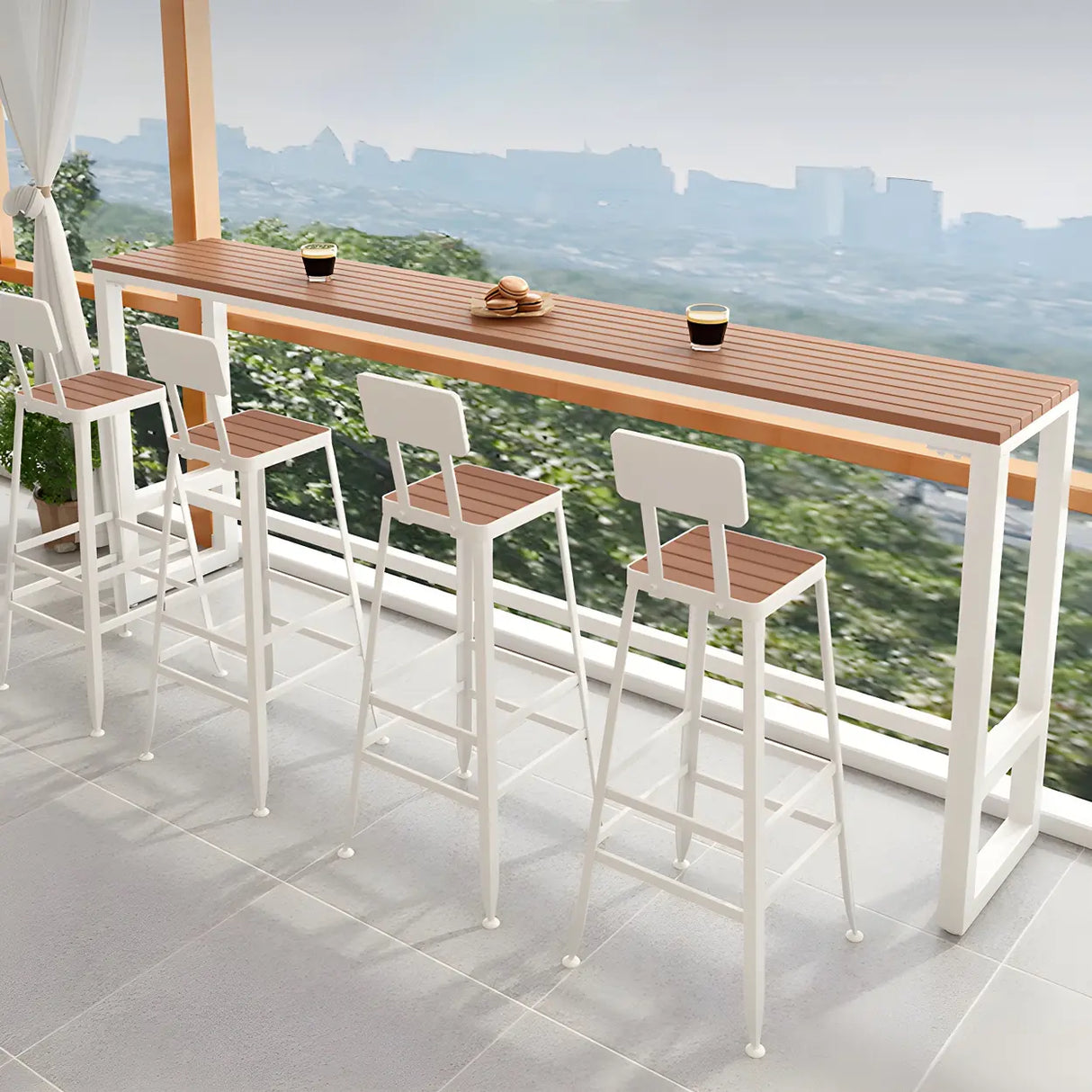


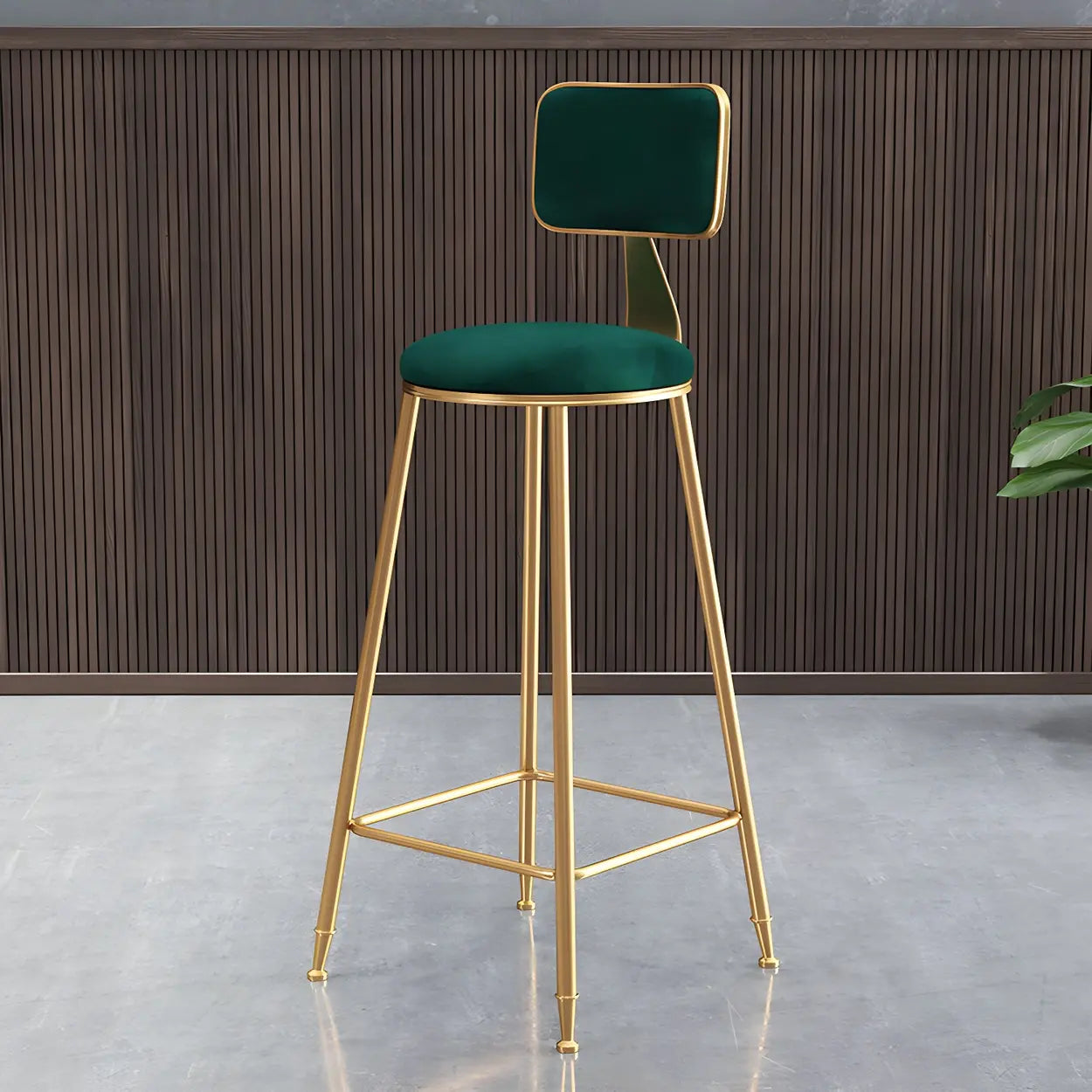
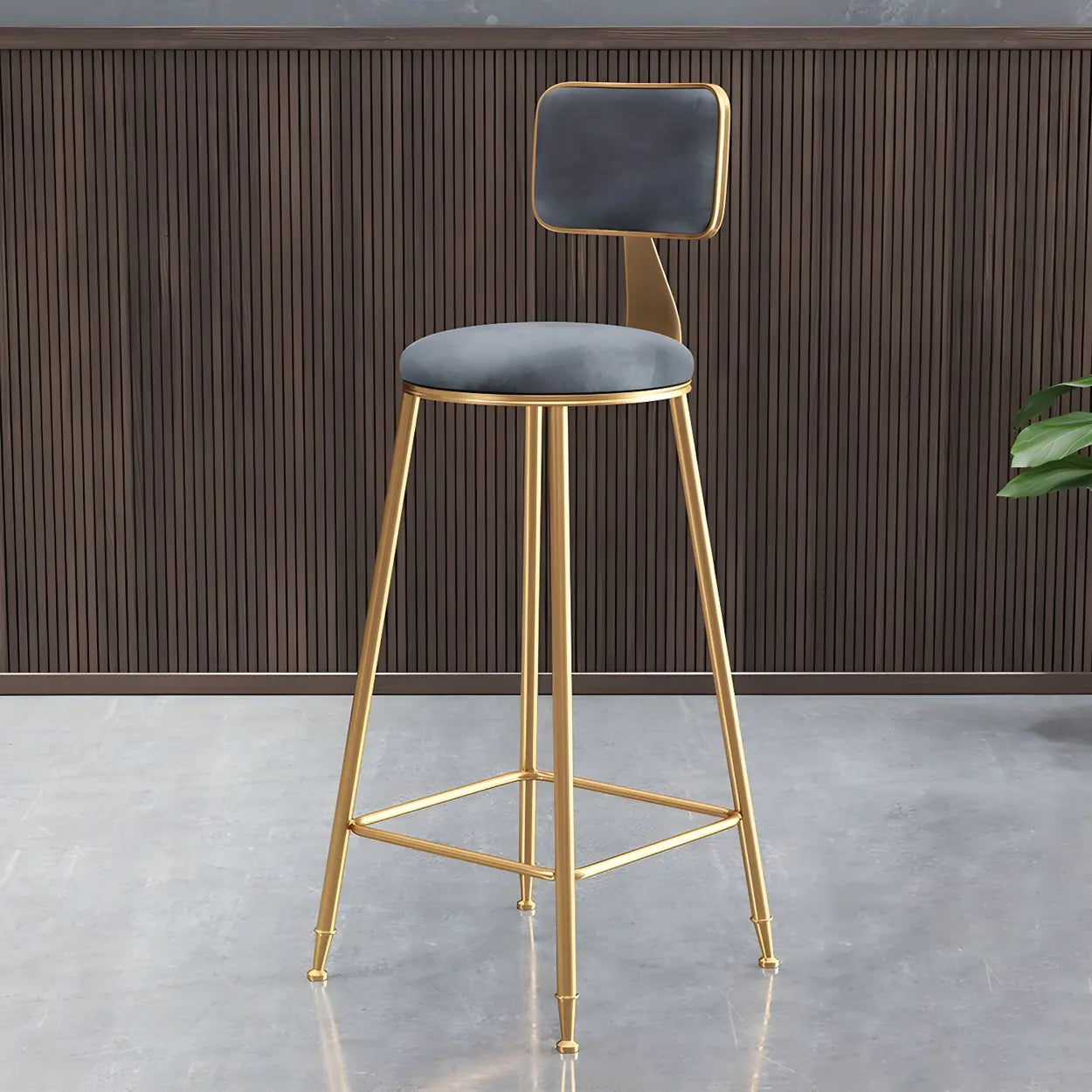
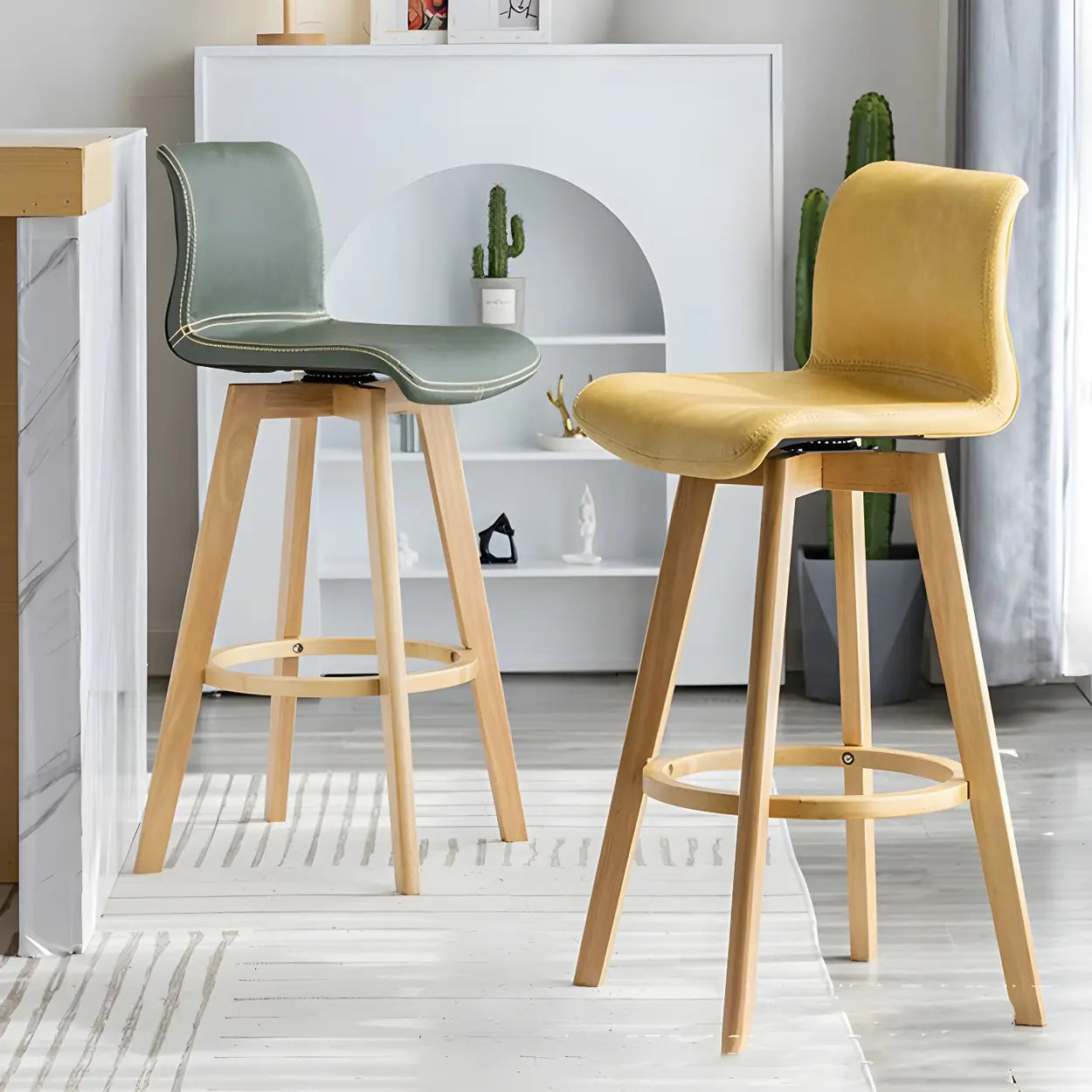
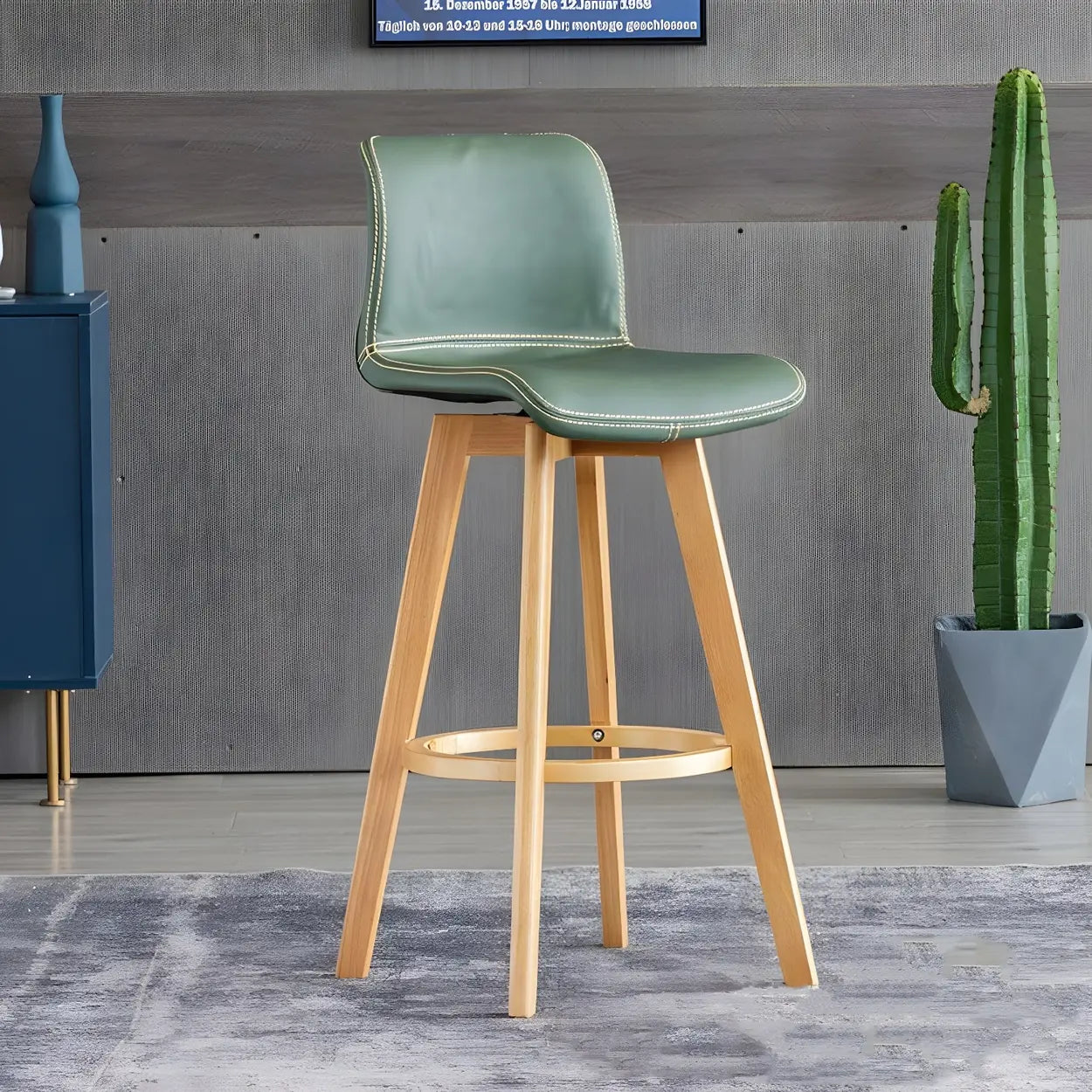



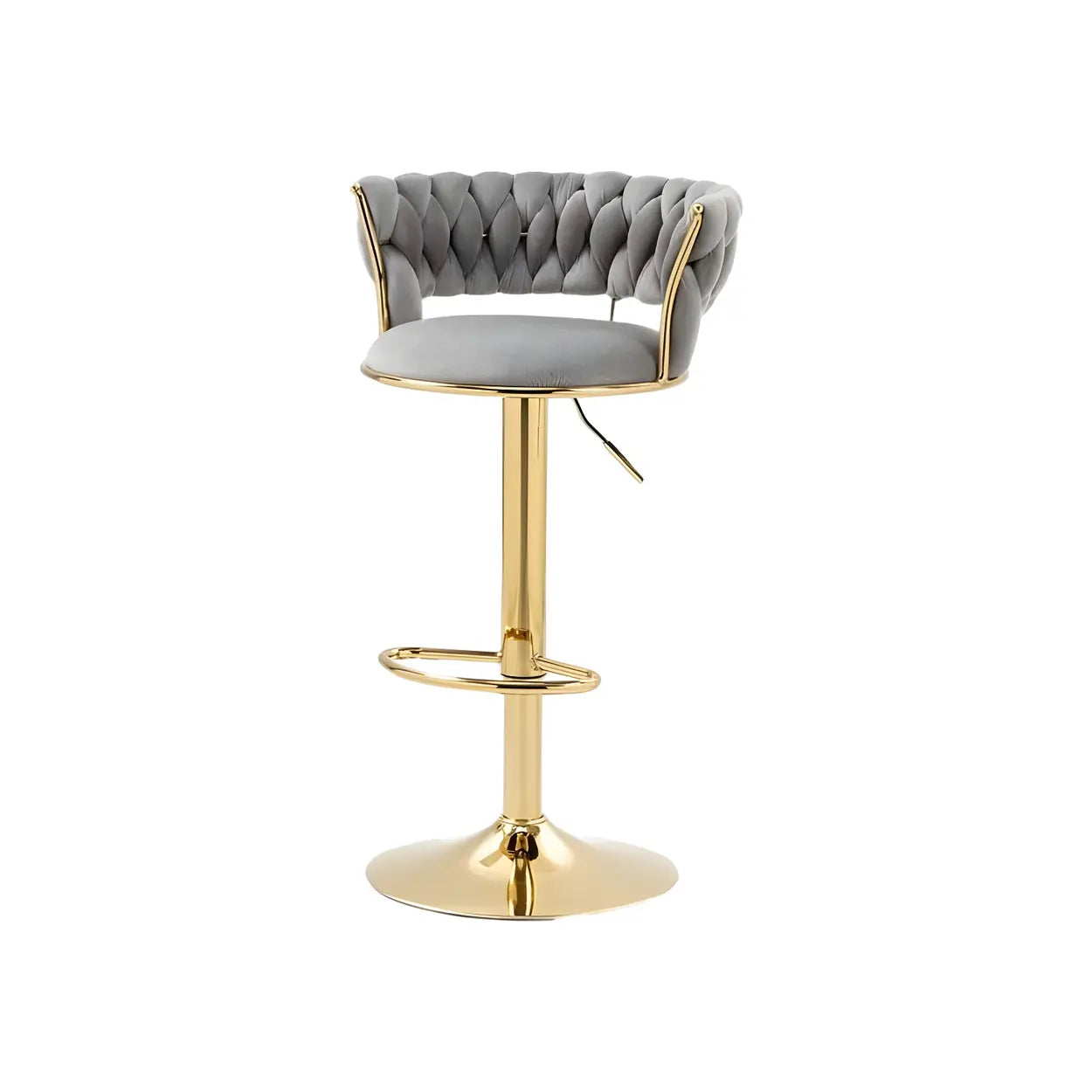
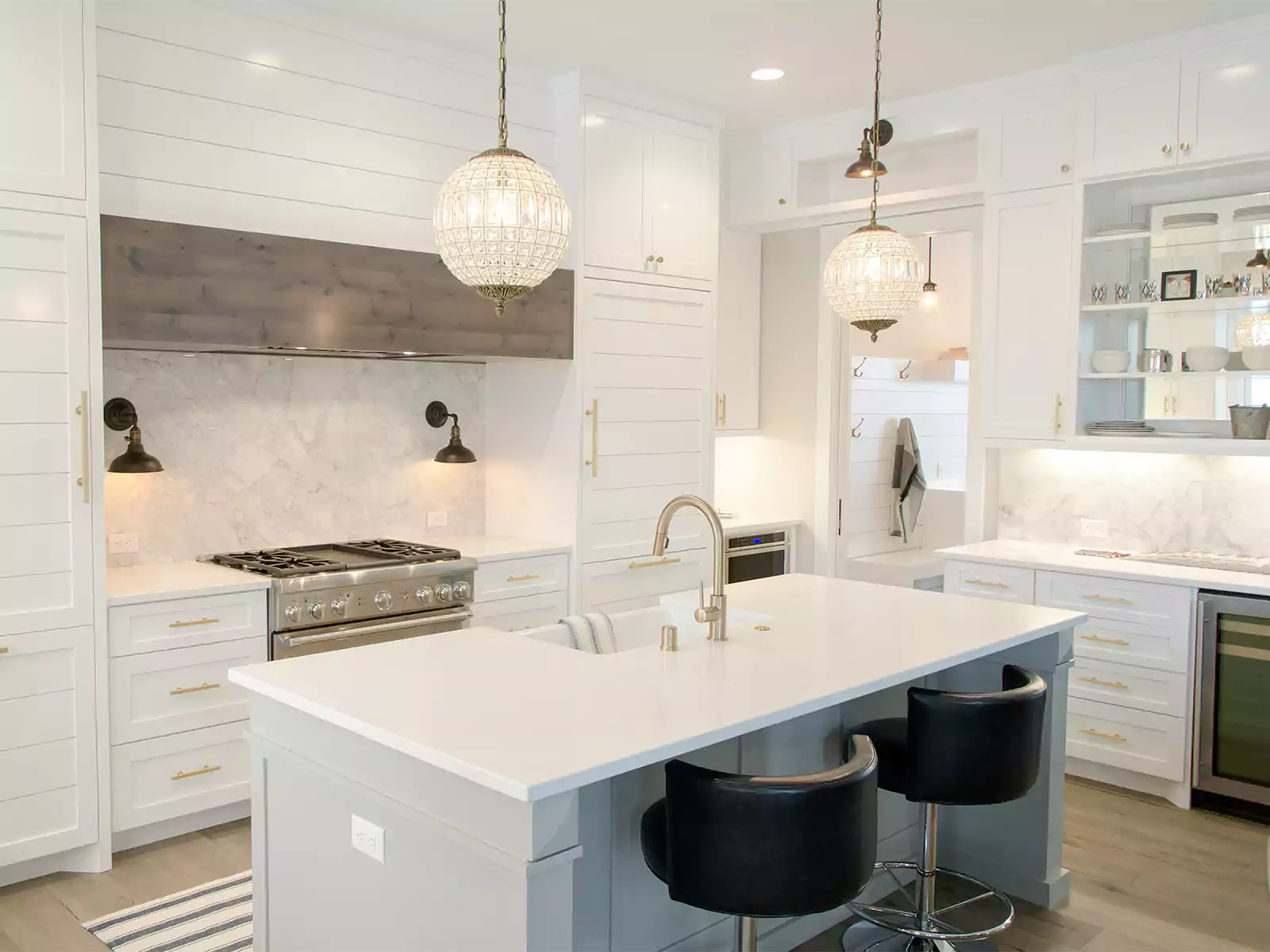



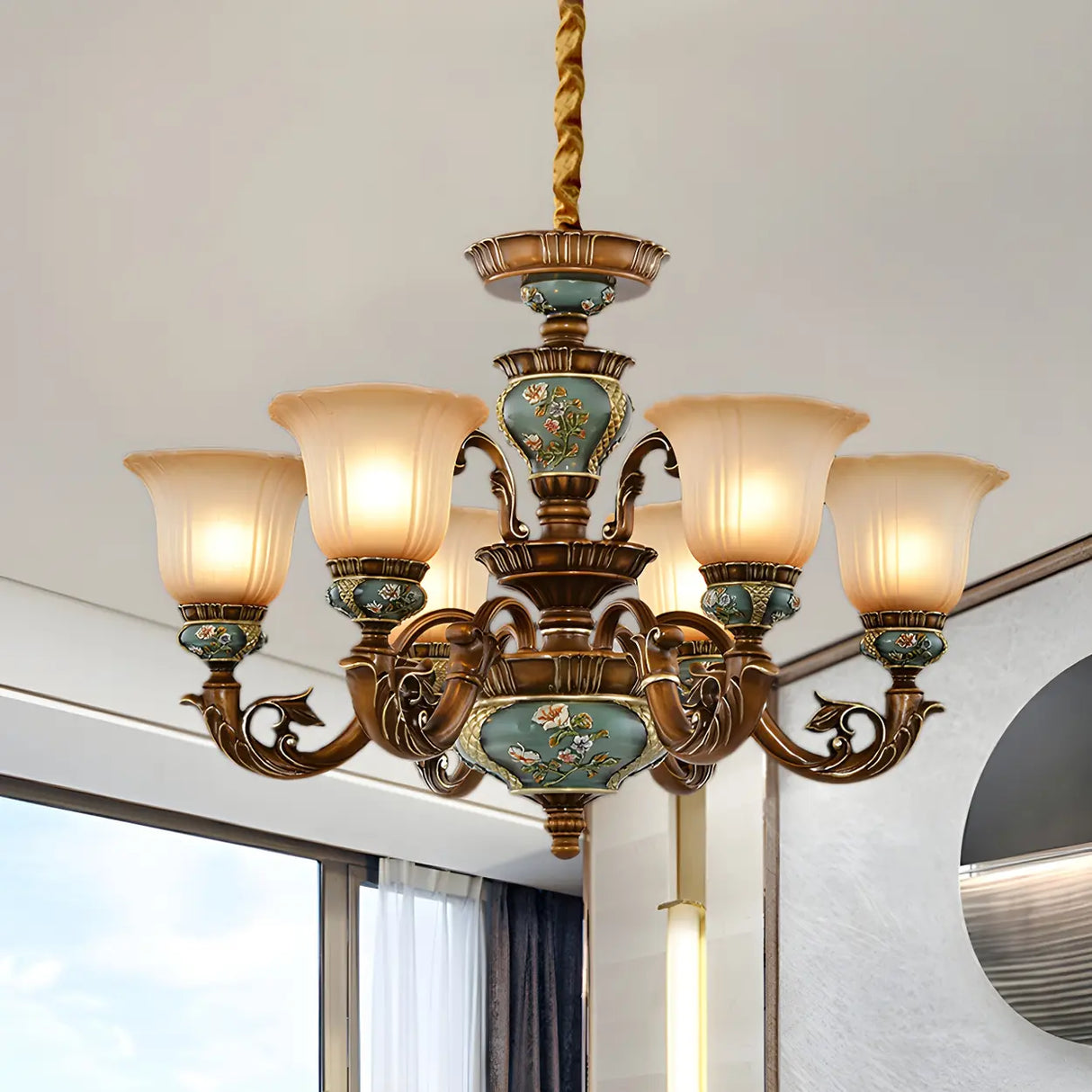
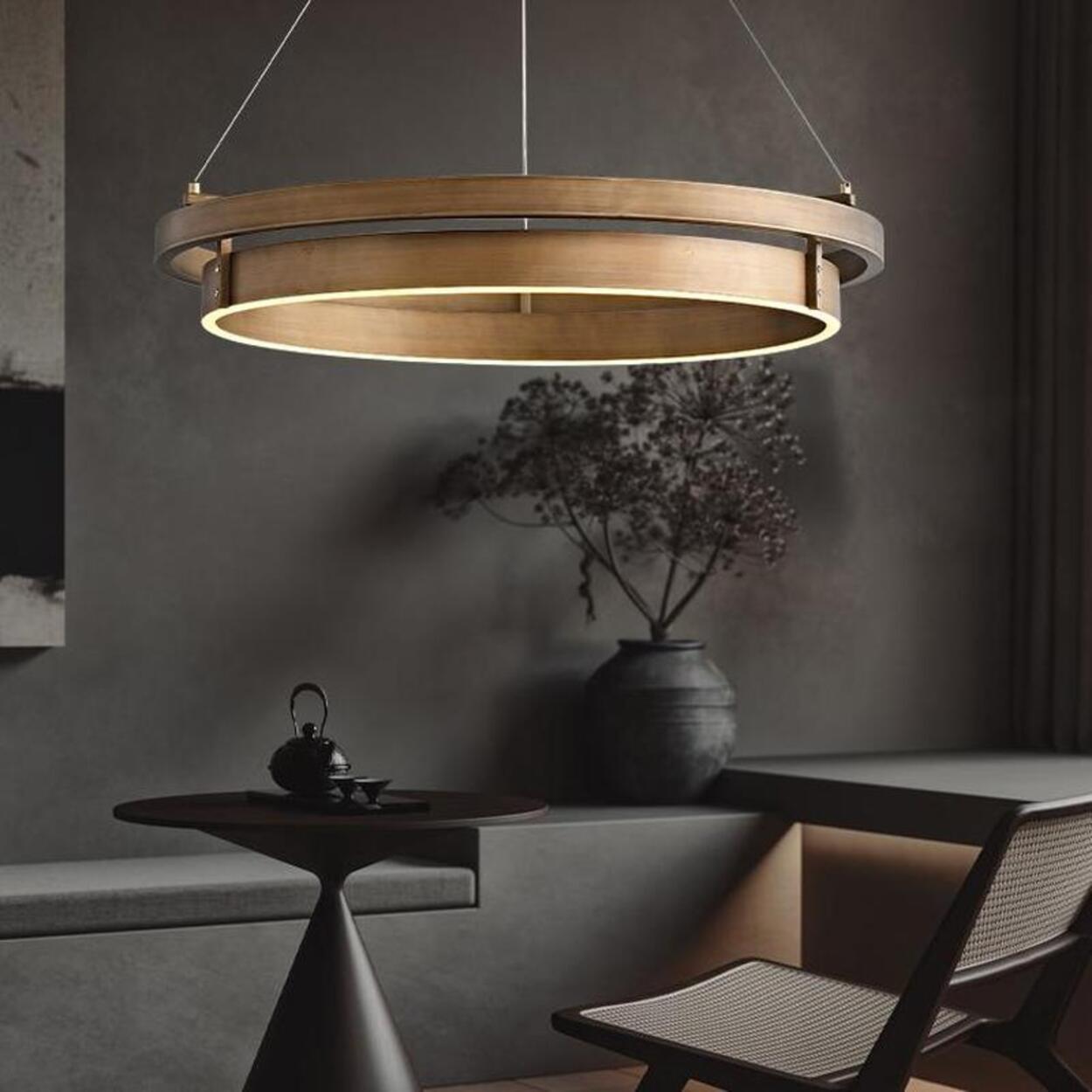
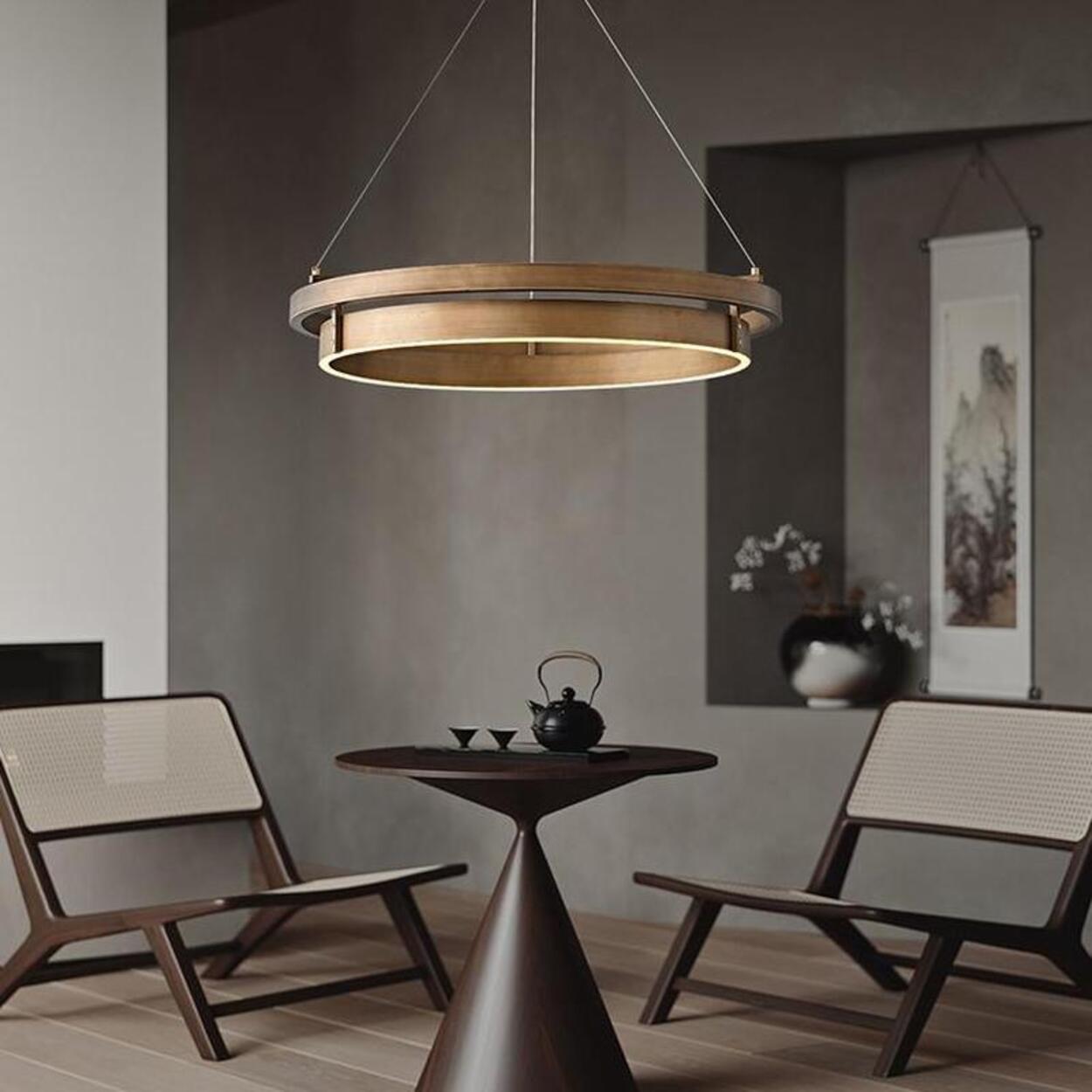
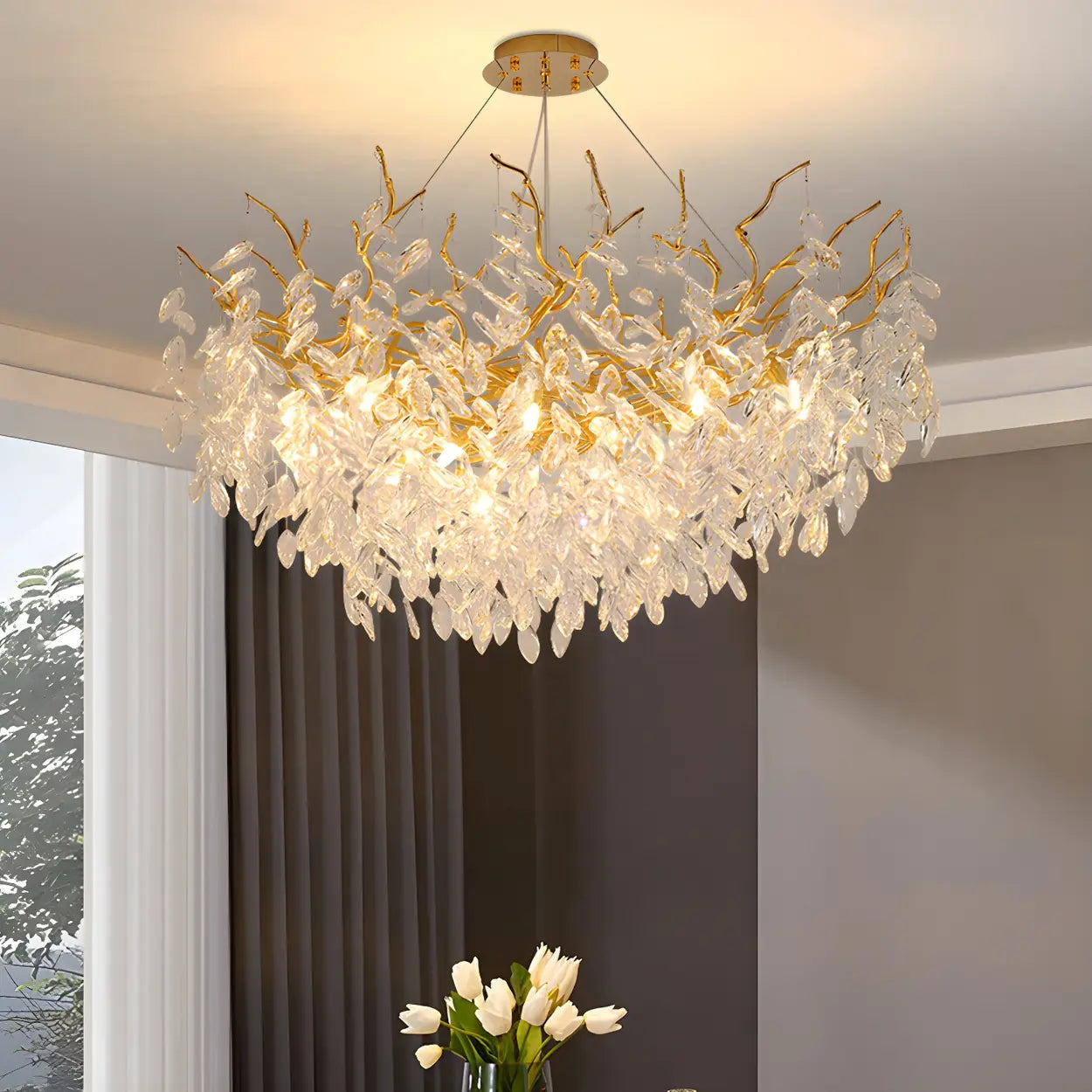
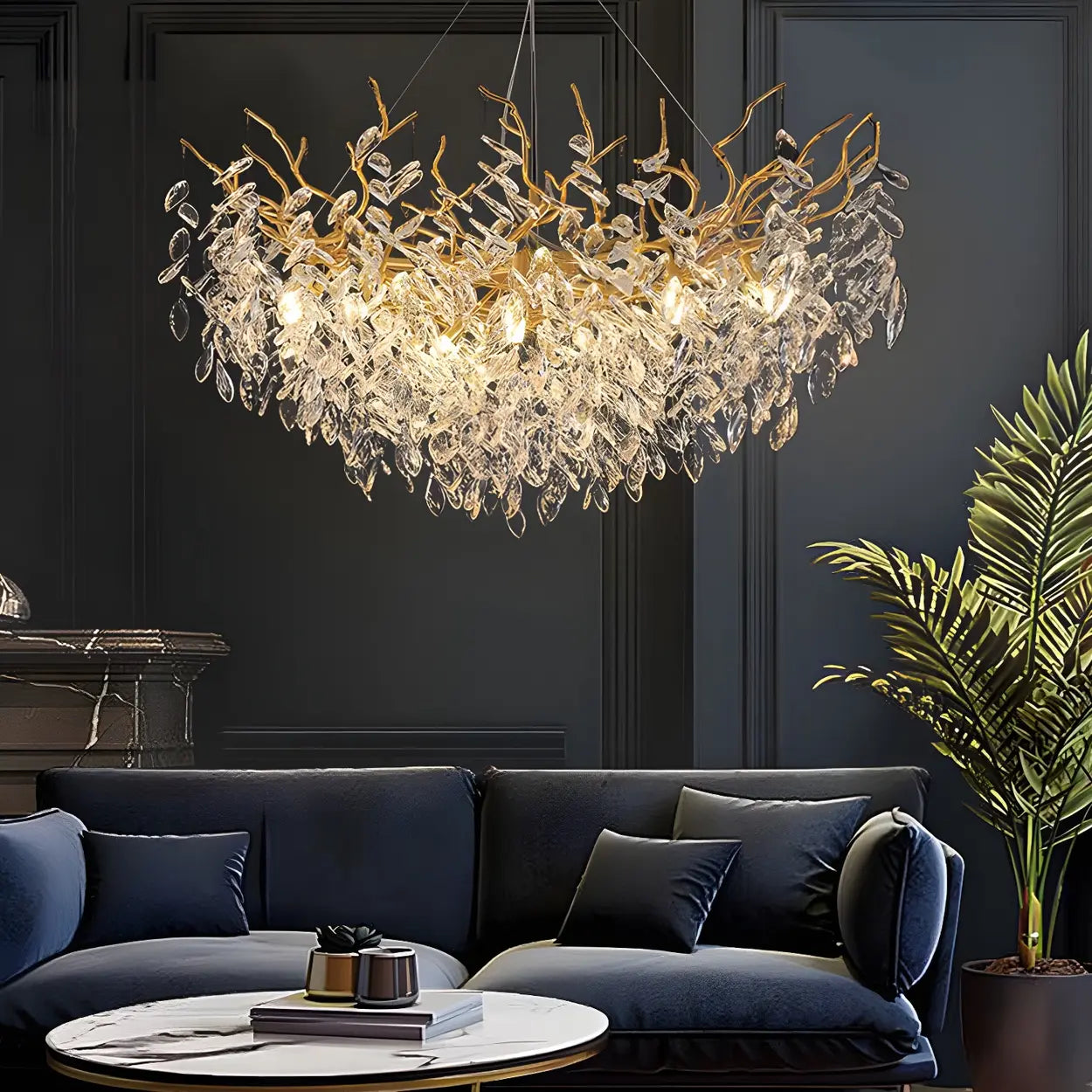
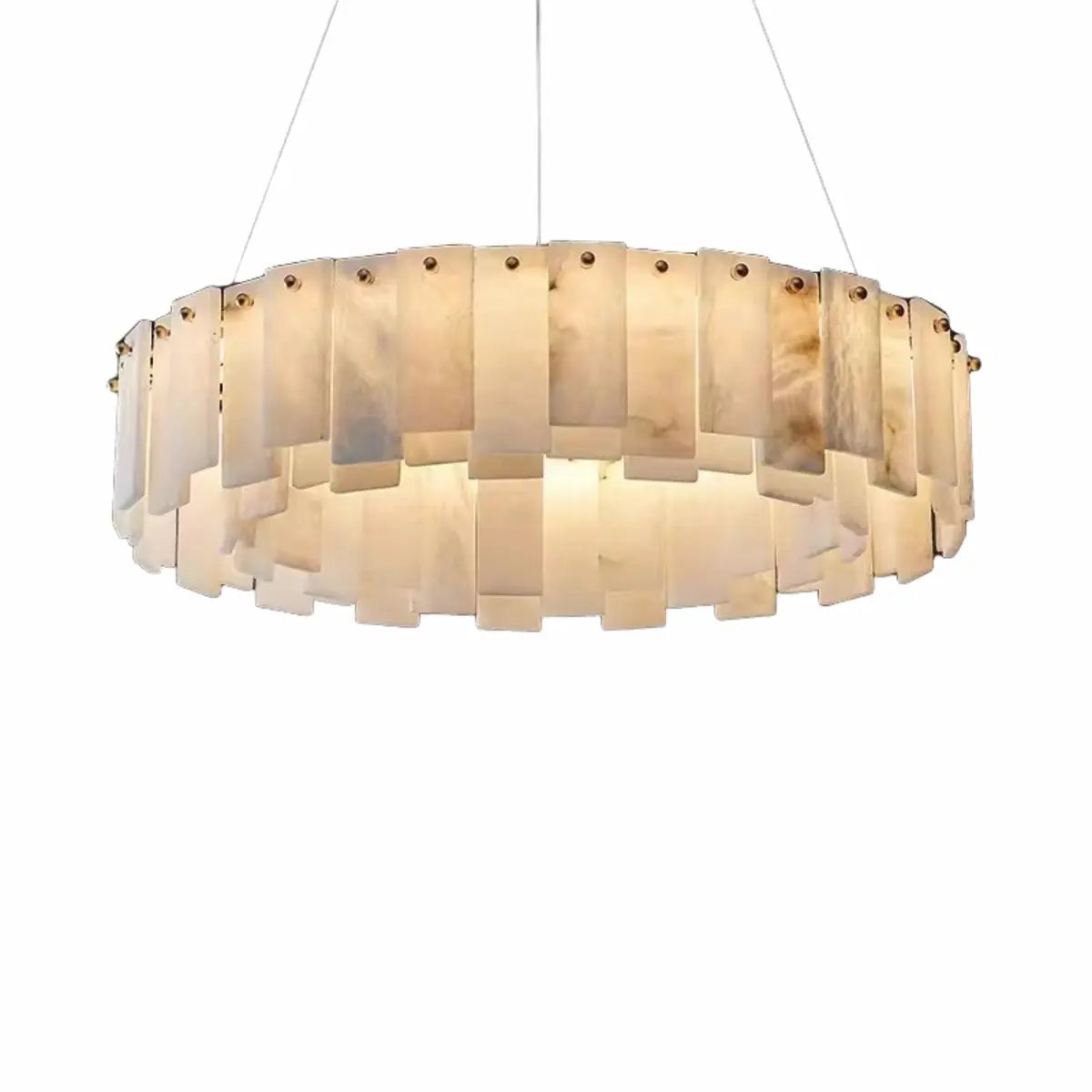

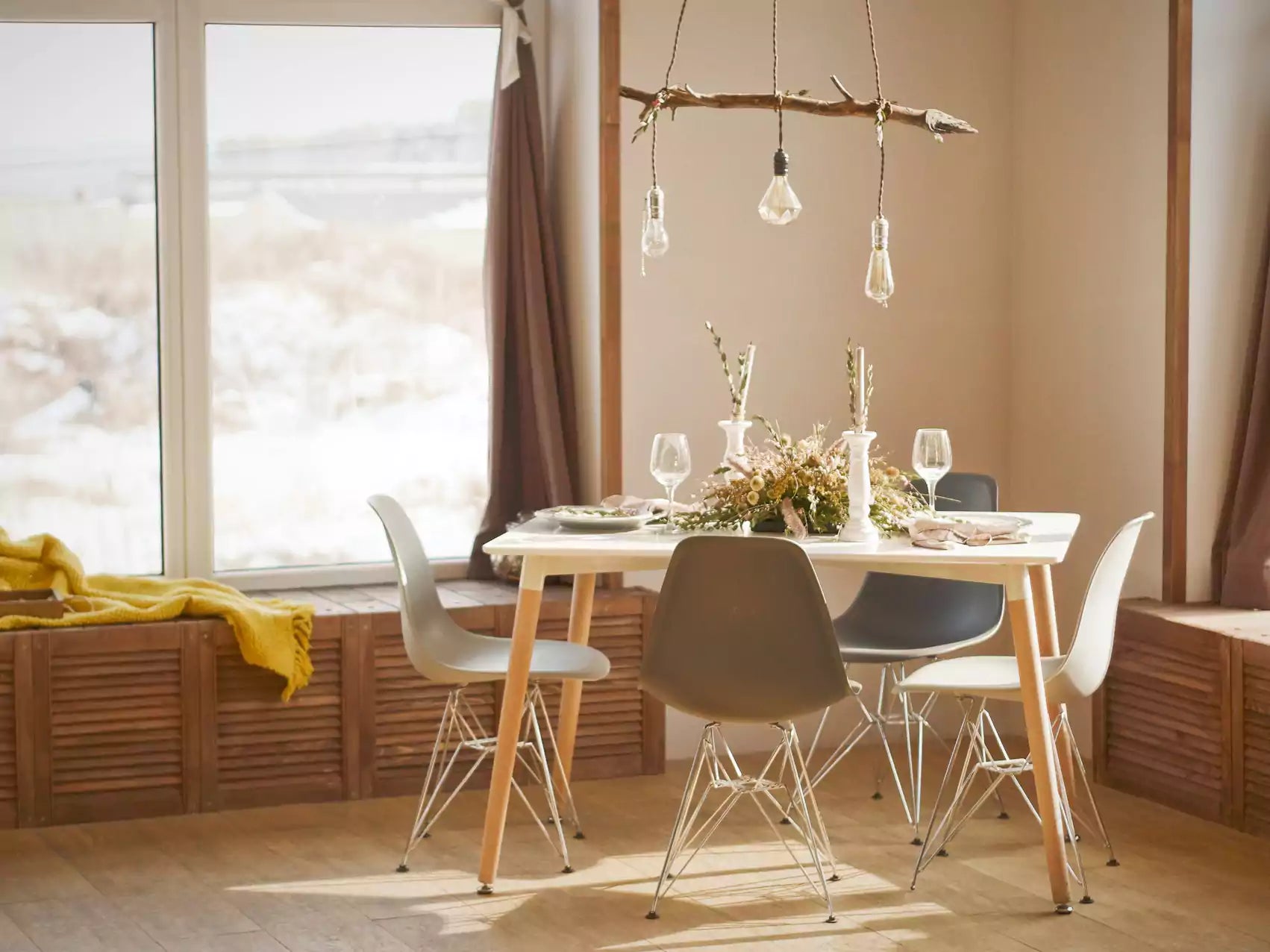
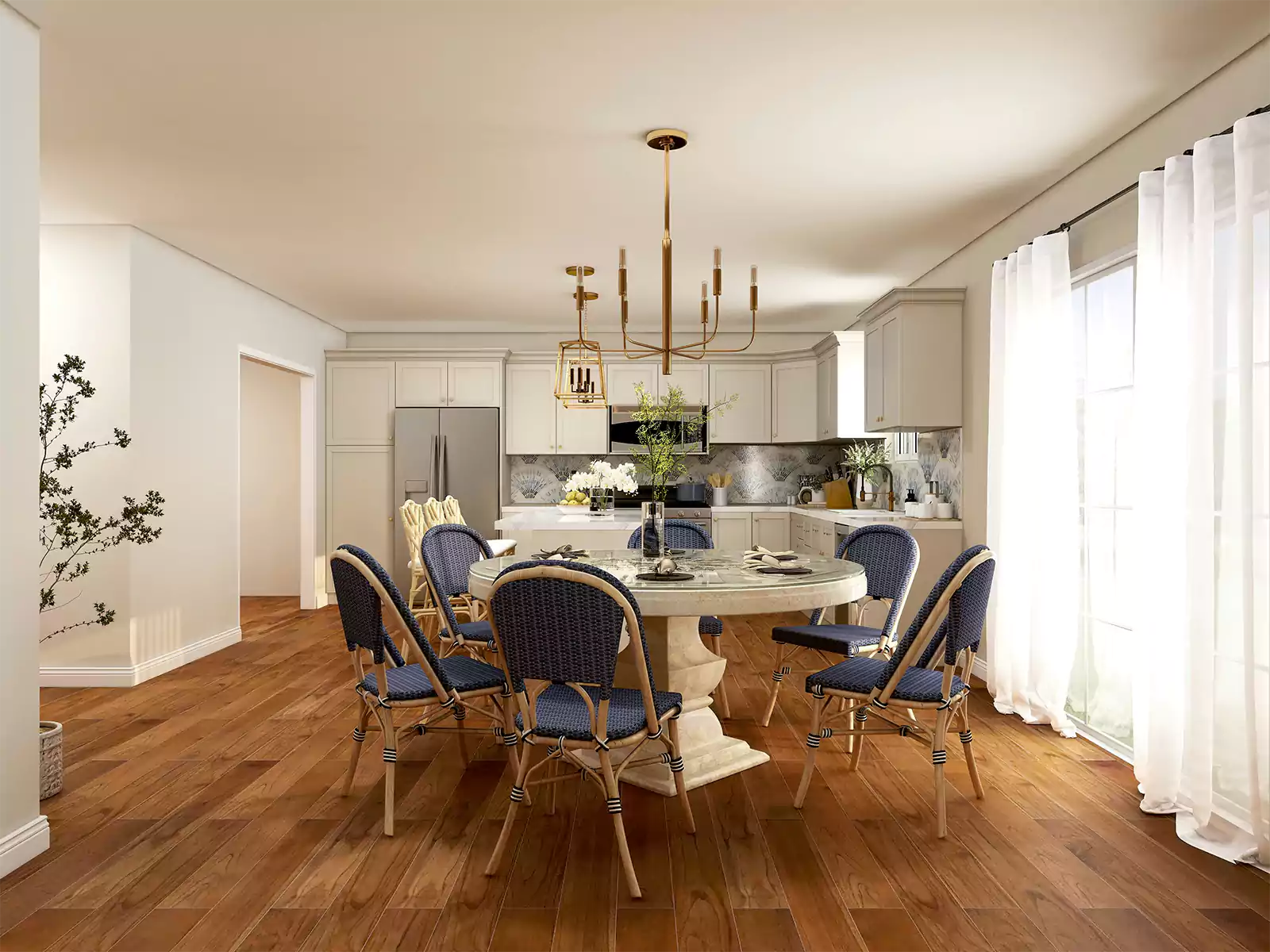
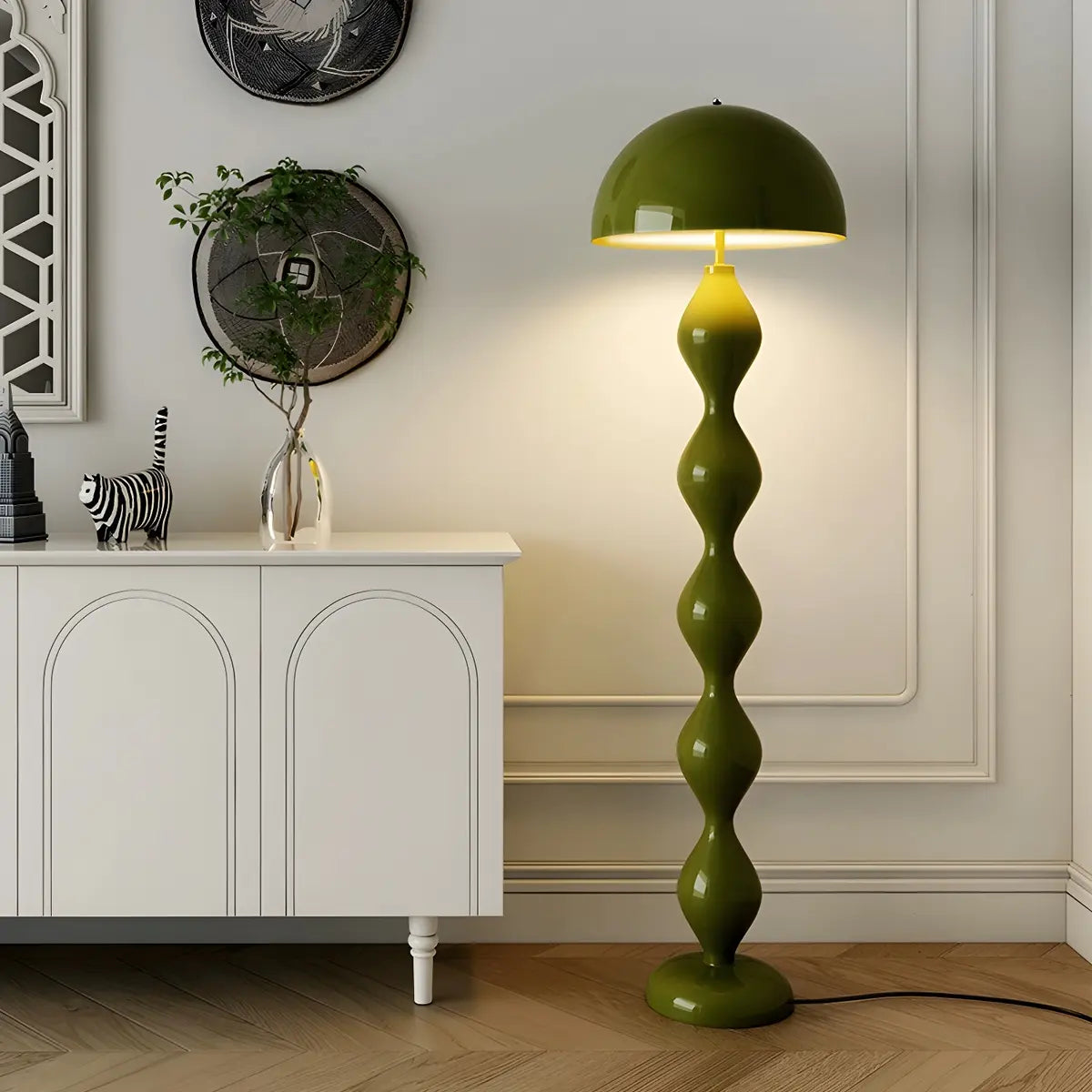
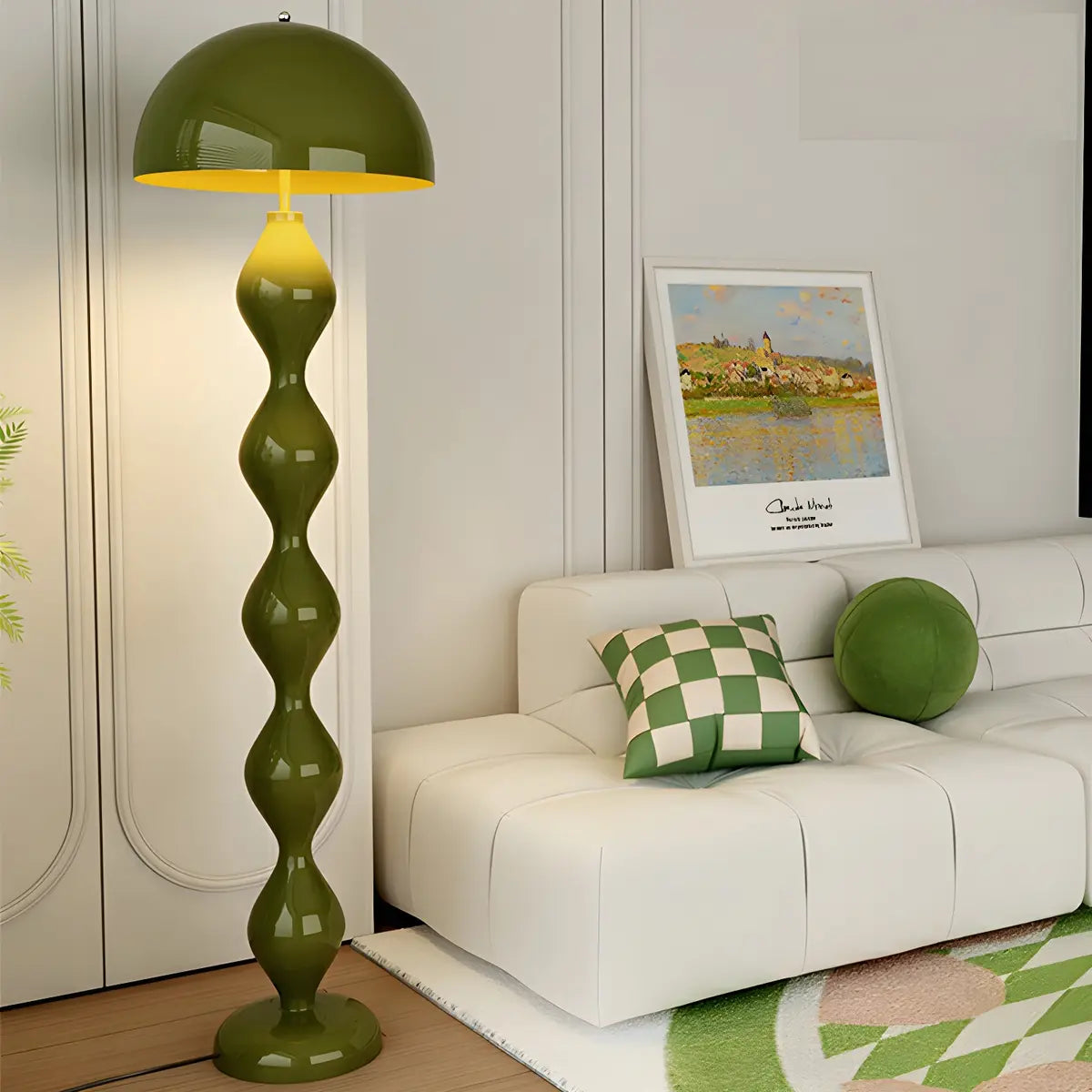
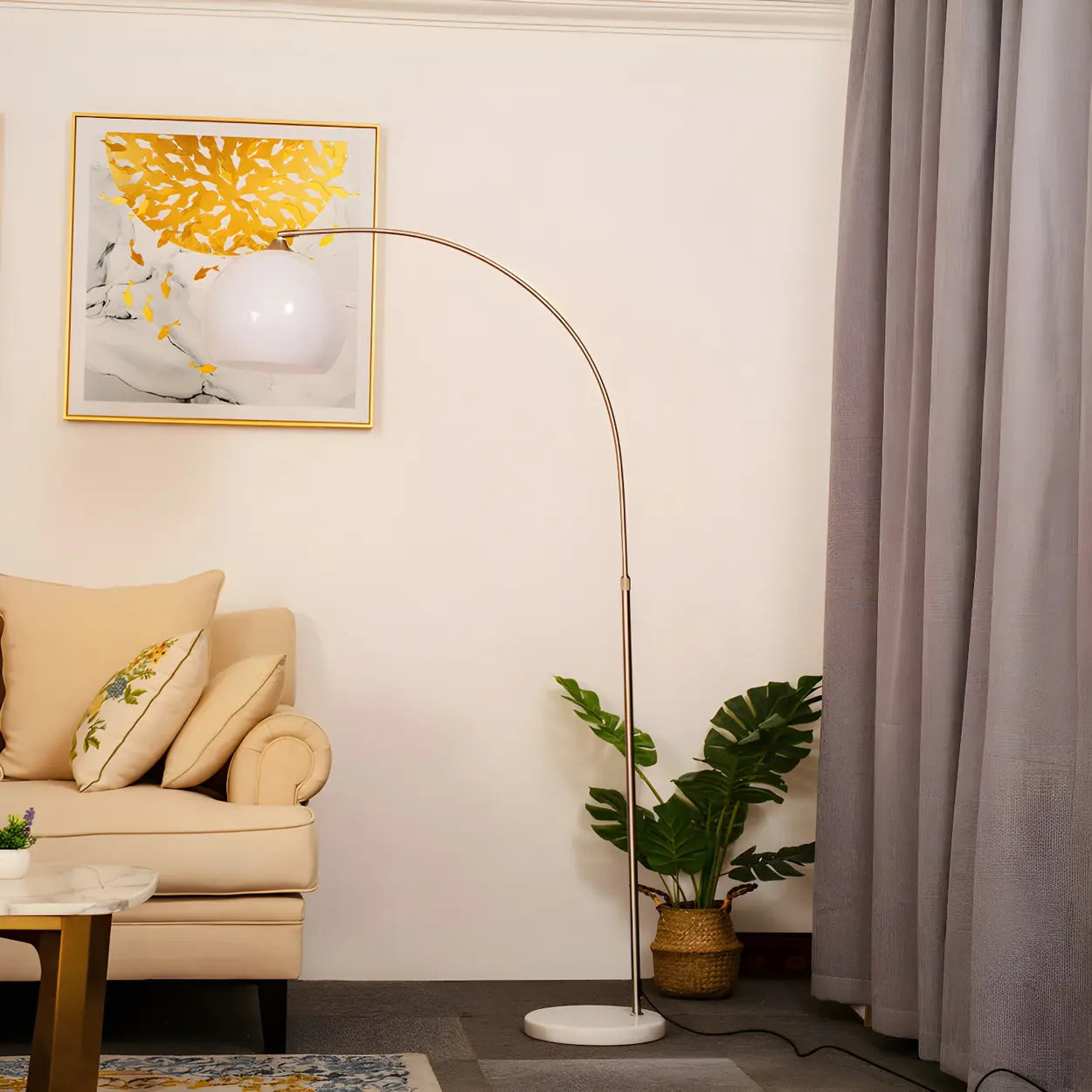
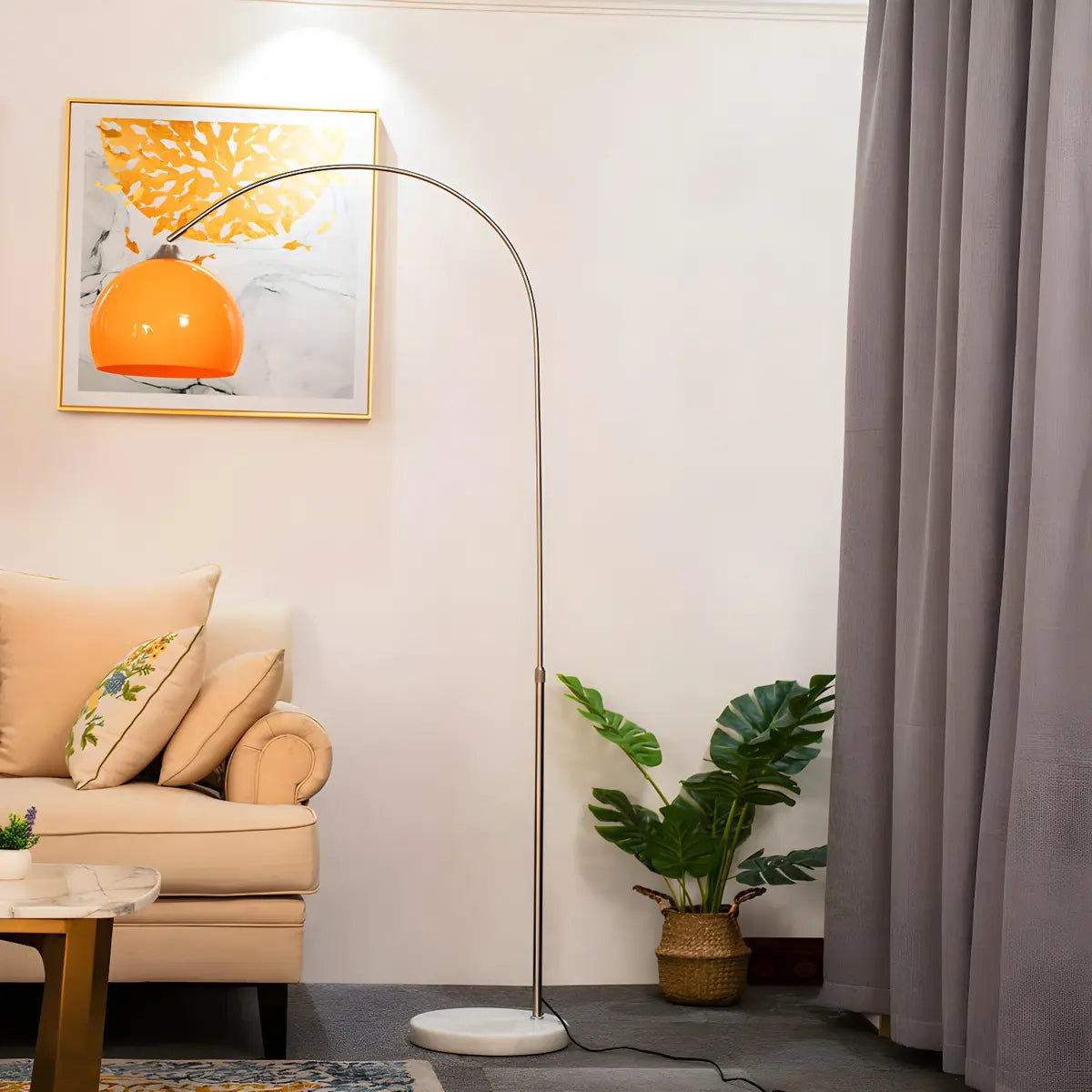
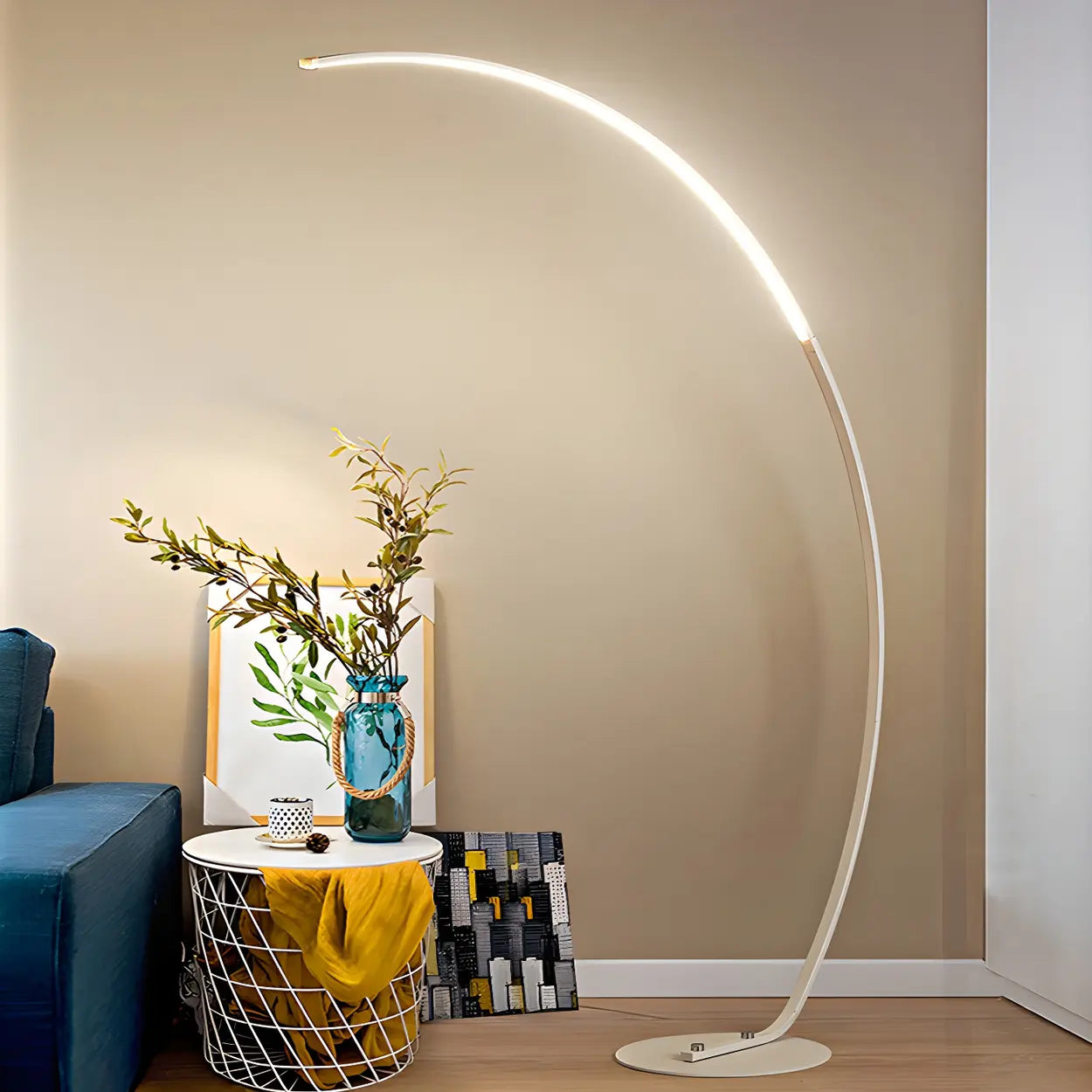

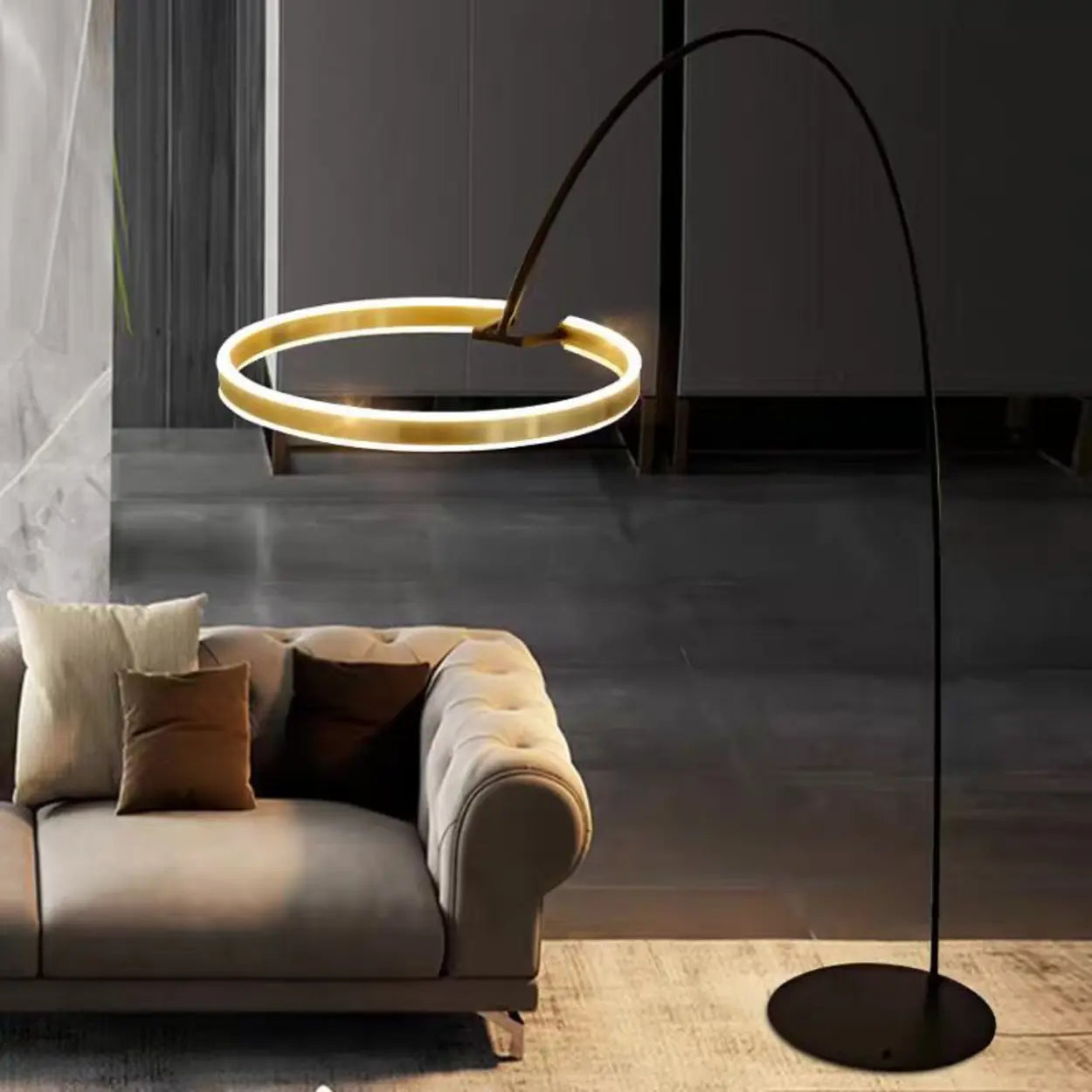

![10 Best Floor Lamp for Reading [2025 Review]](http://www.homebaa.com/cdn/shop/articles/banner_c990b0a4-4743-4902-b6be-5609f7a21a90.webp?v=1747357941)





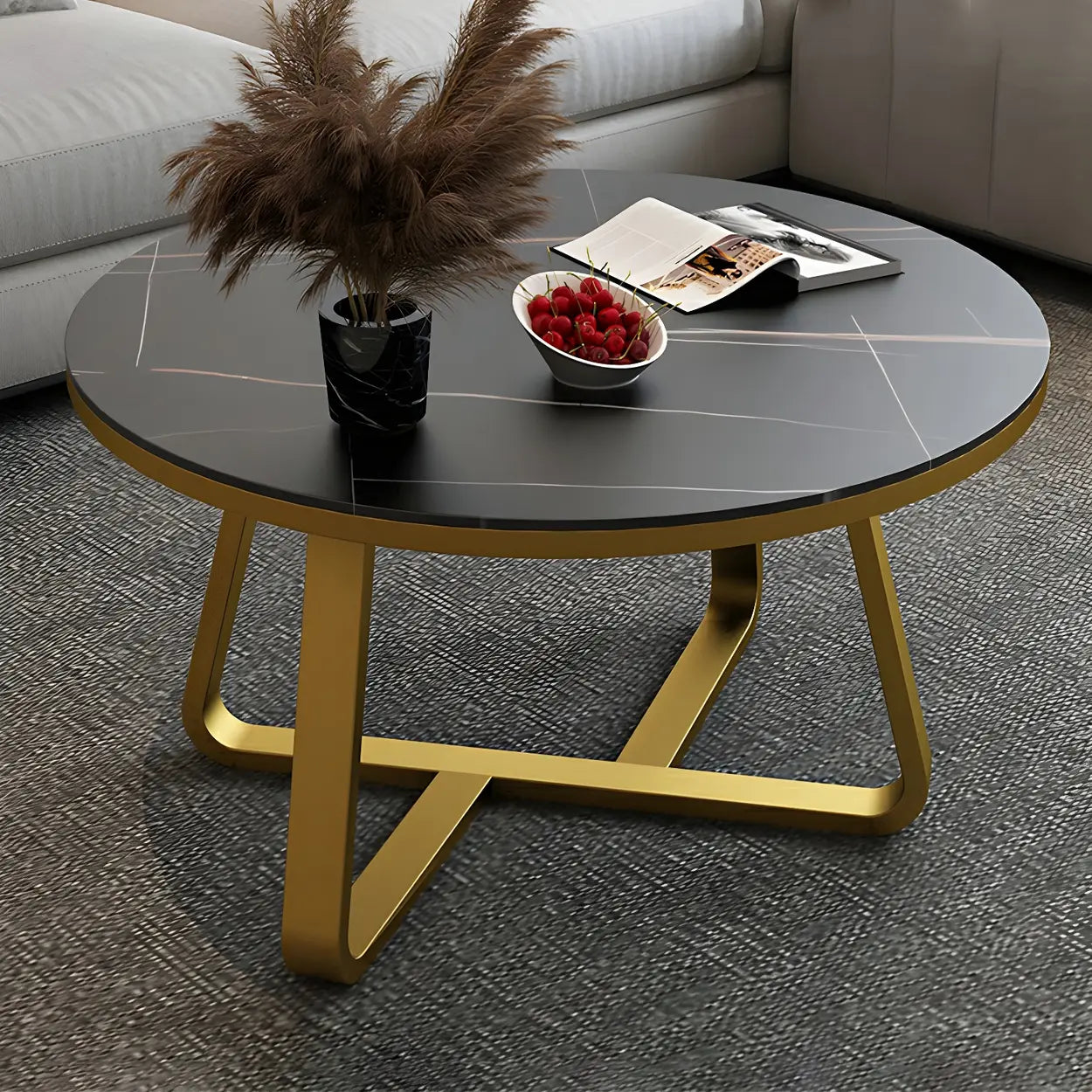
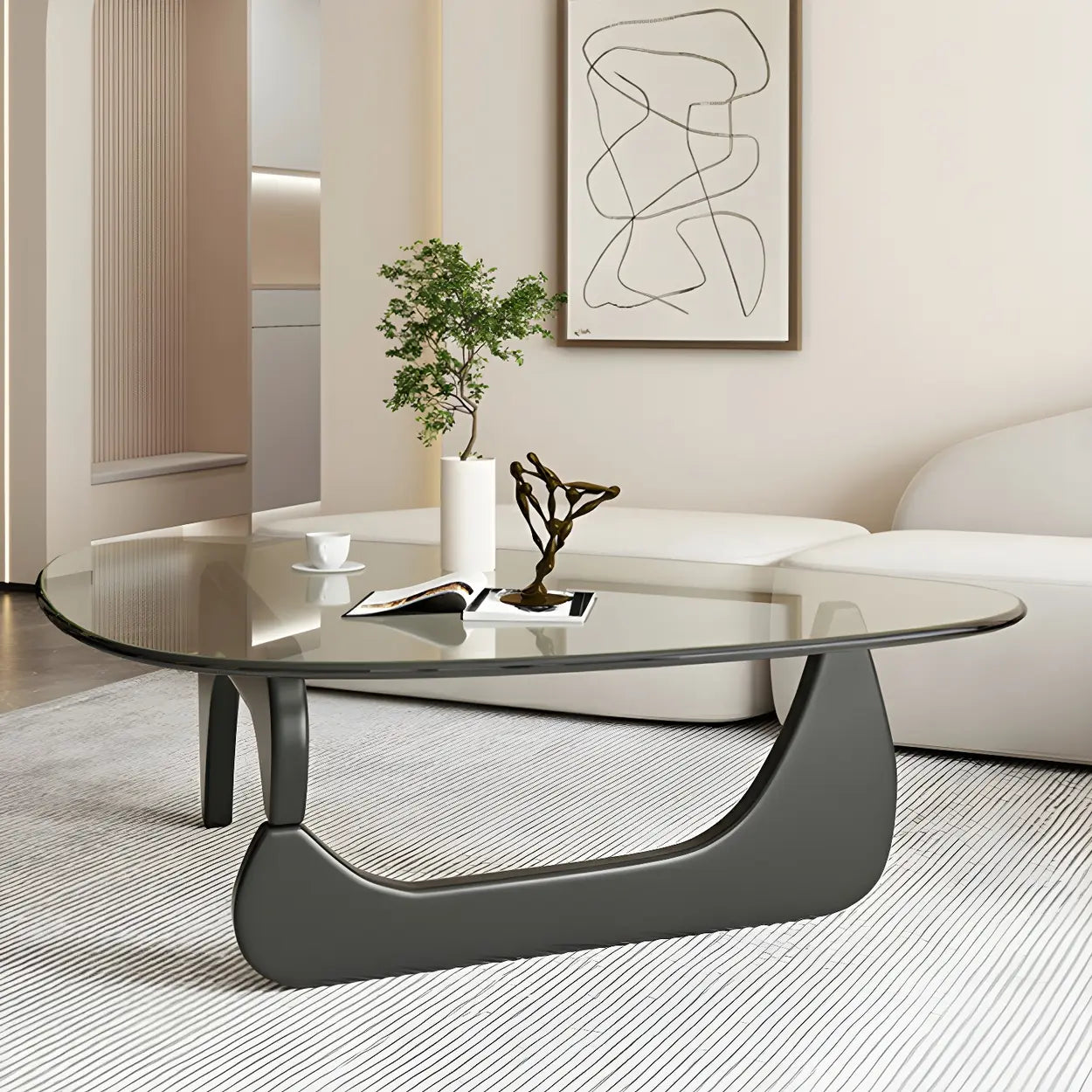
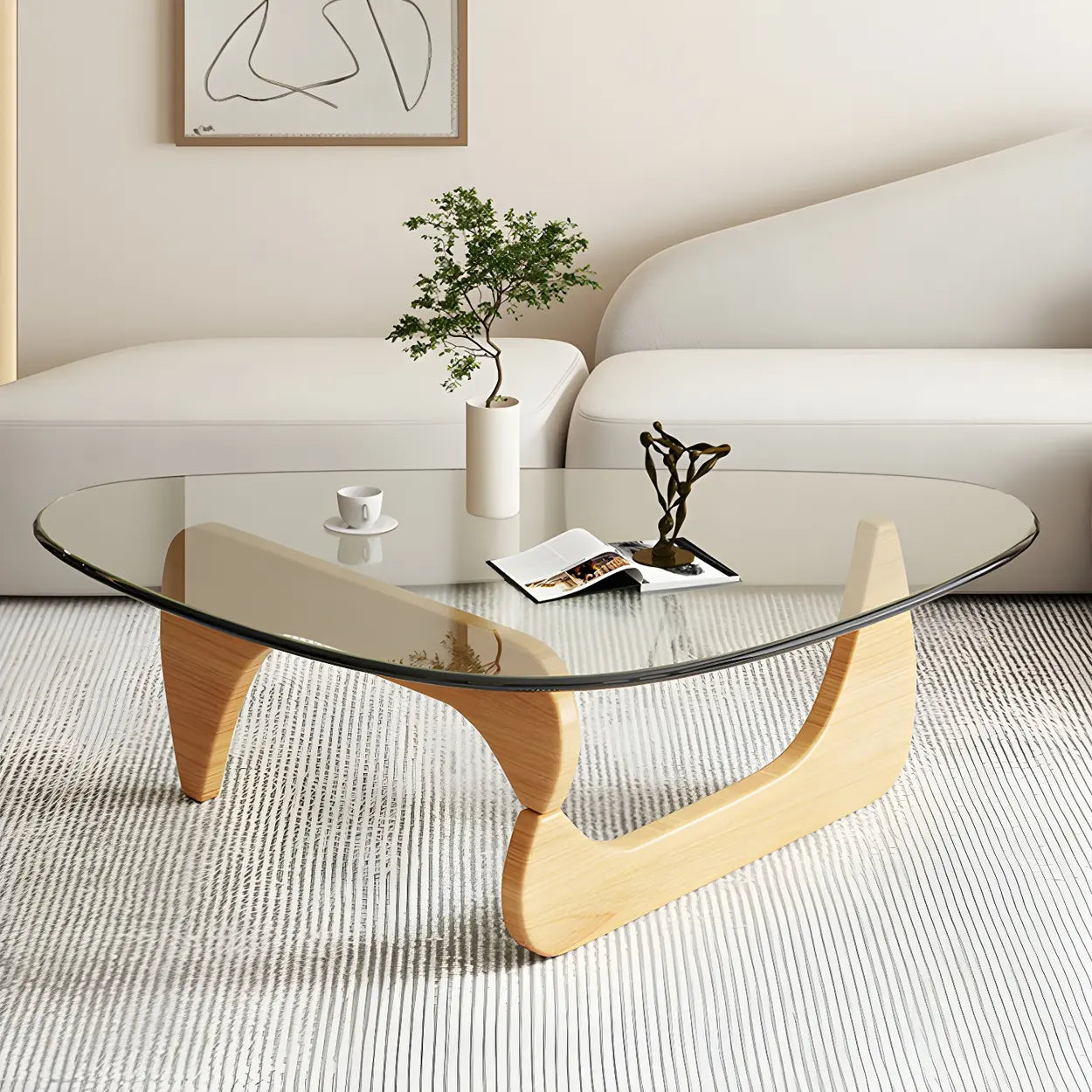



![How to Choose the Coffee Table Height? [2025 Newest Guide]](http://www.homebaa.com/cdn/shop/articles/coffee-table-height.webp?v=1749523259)
